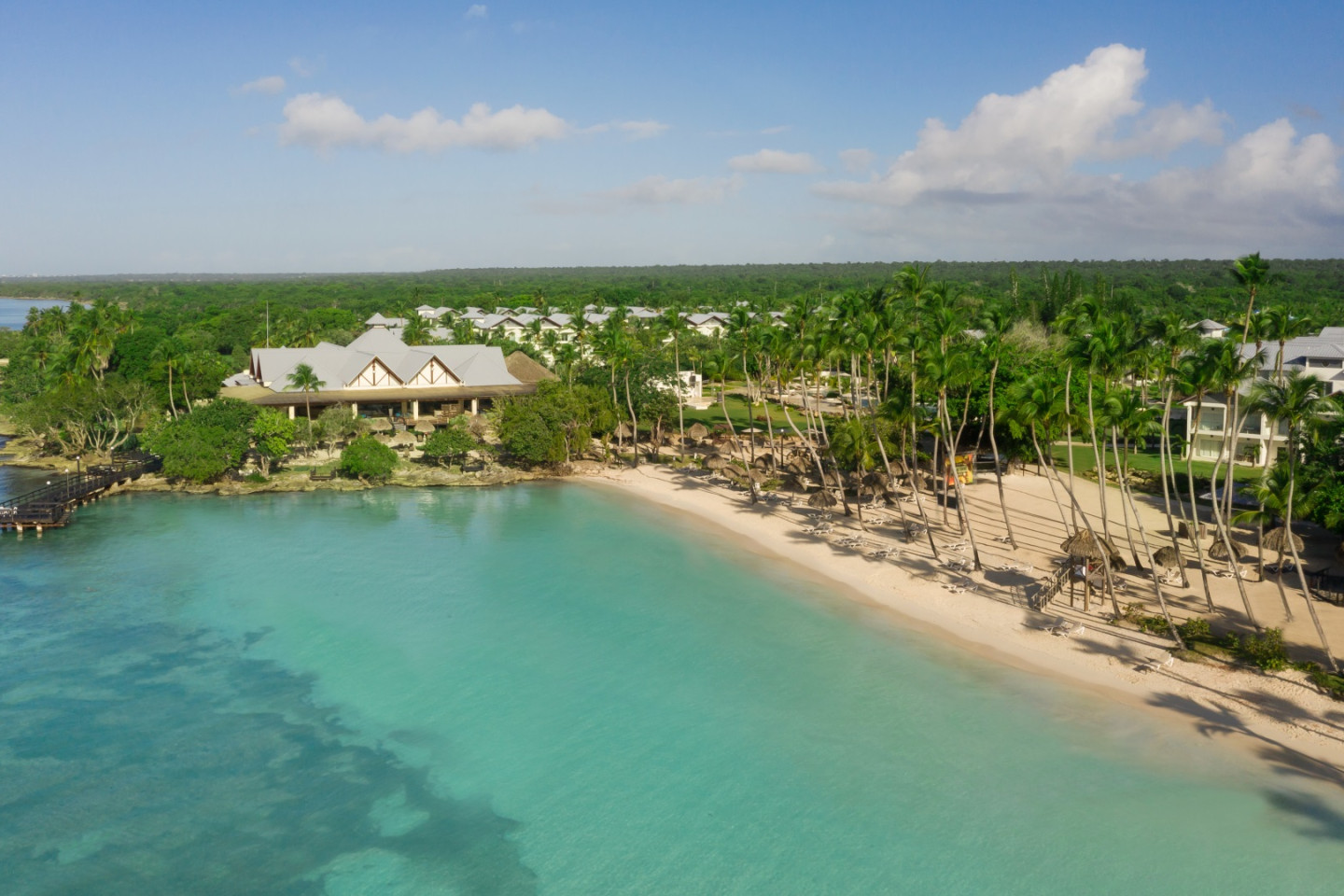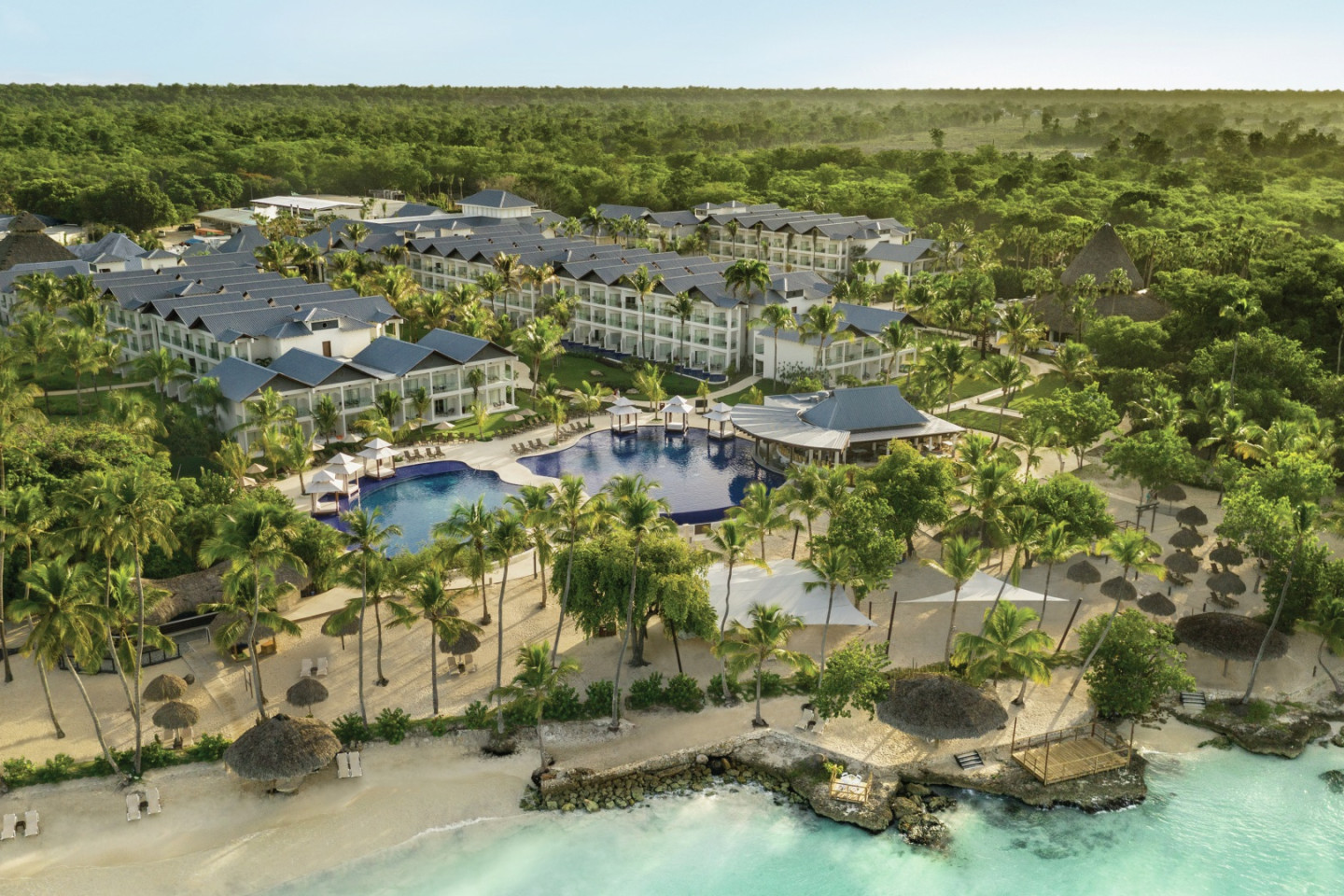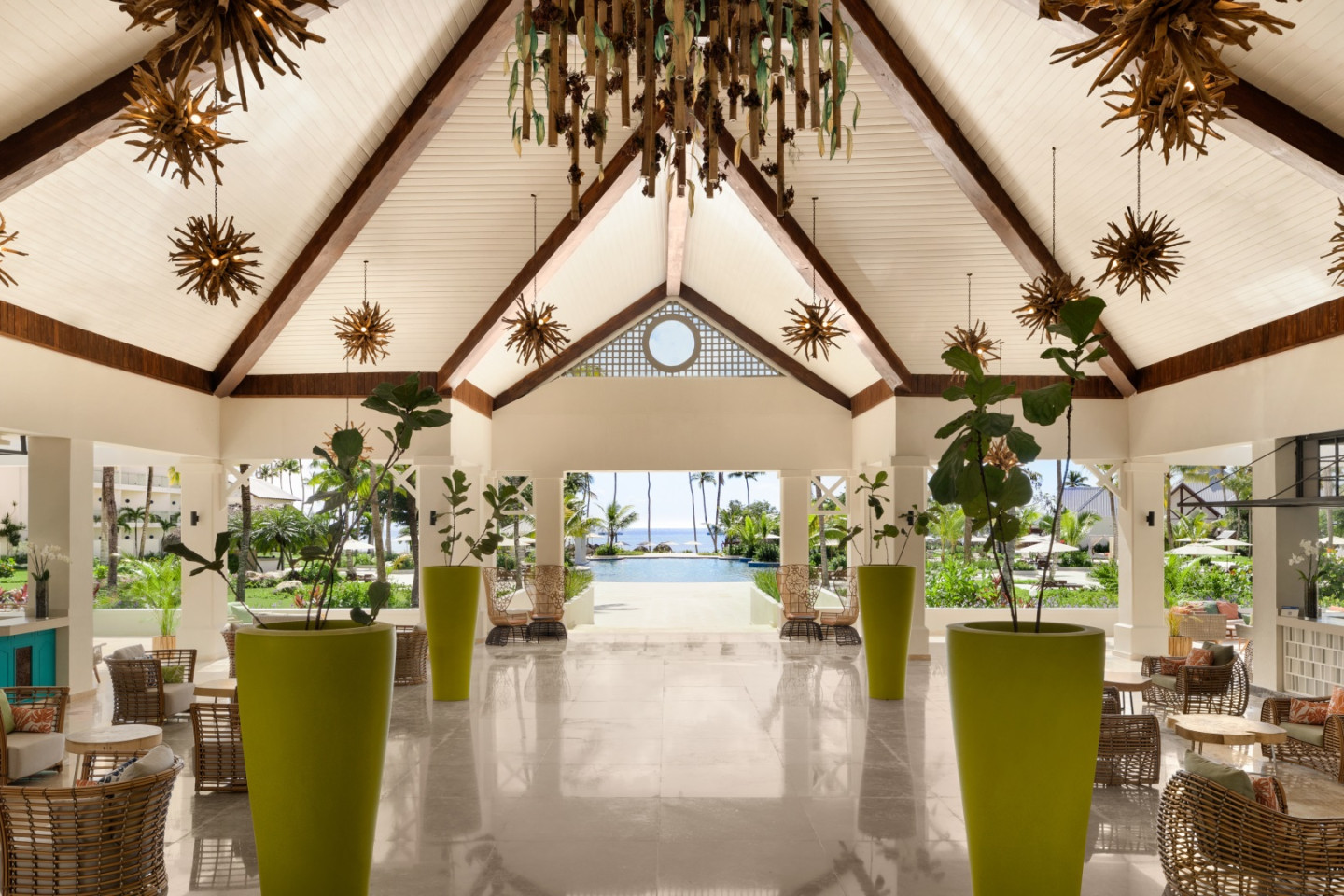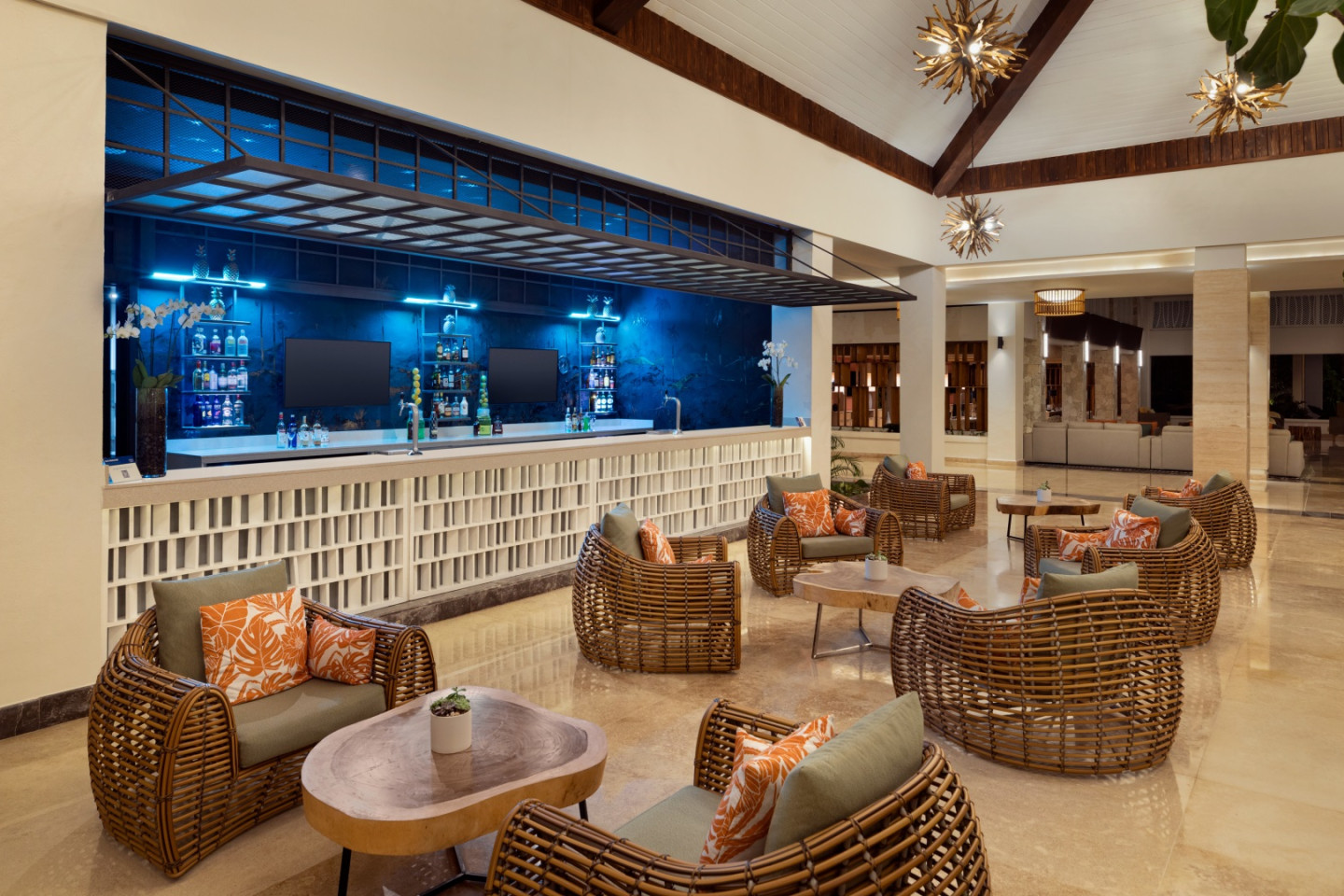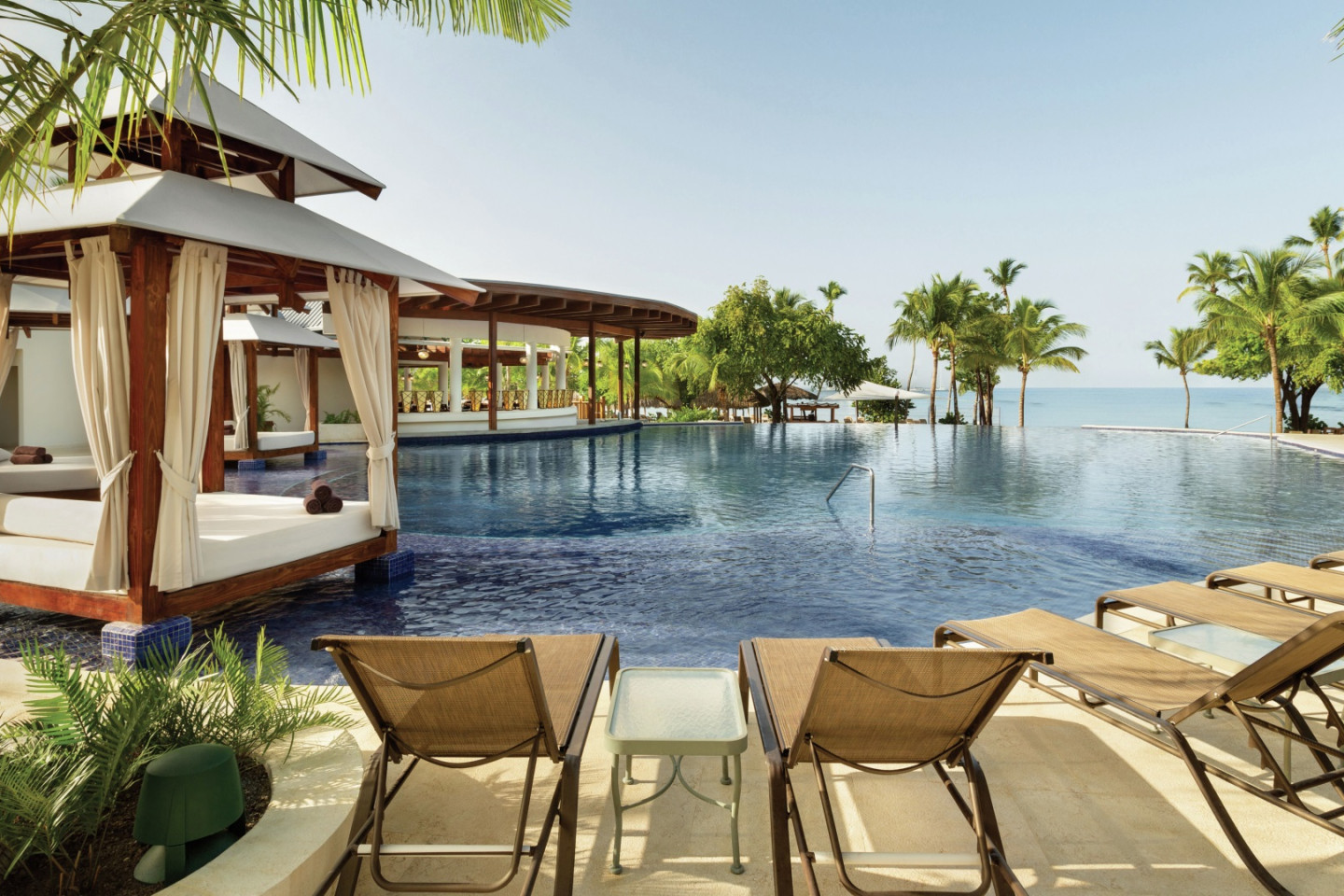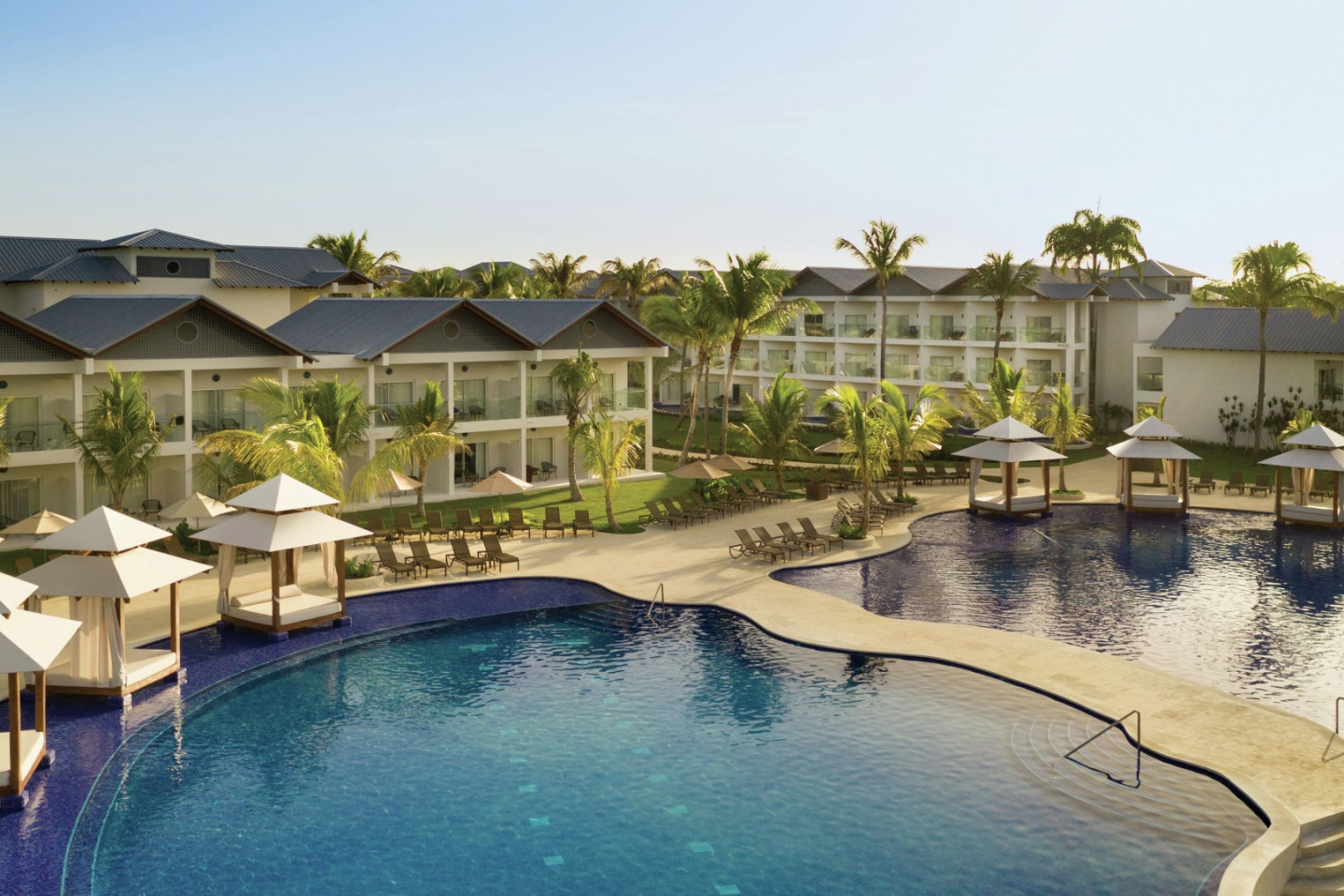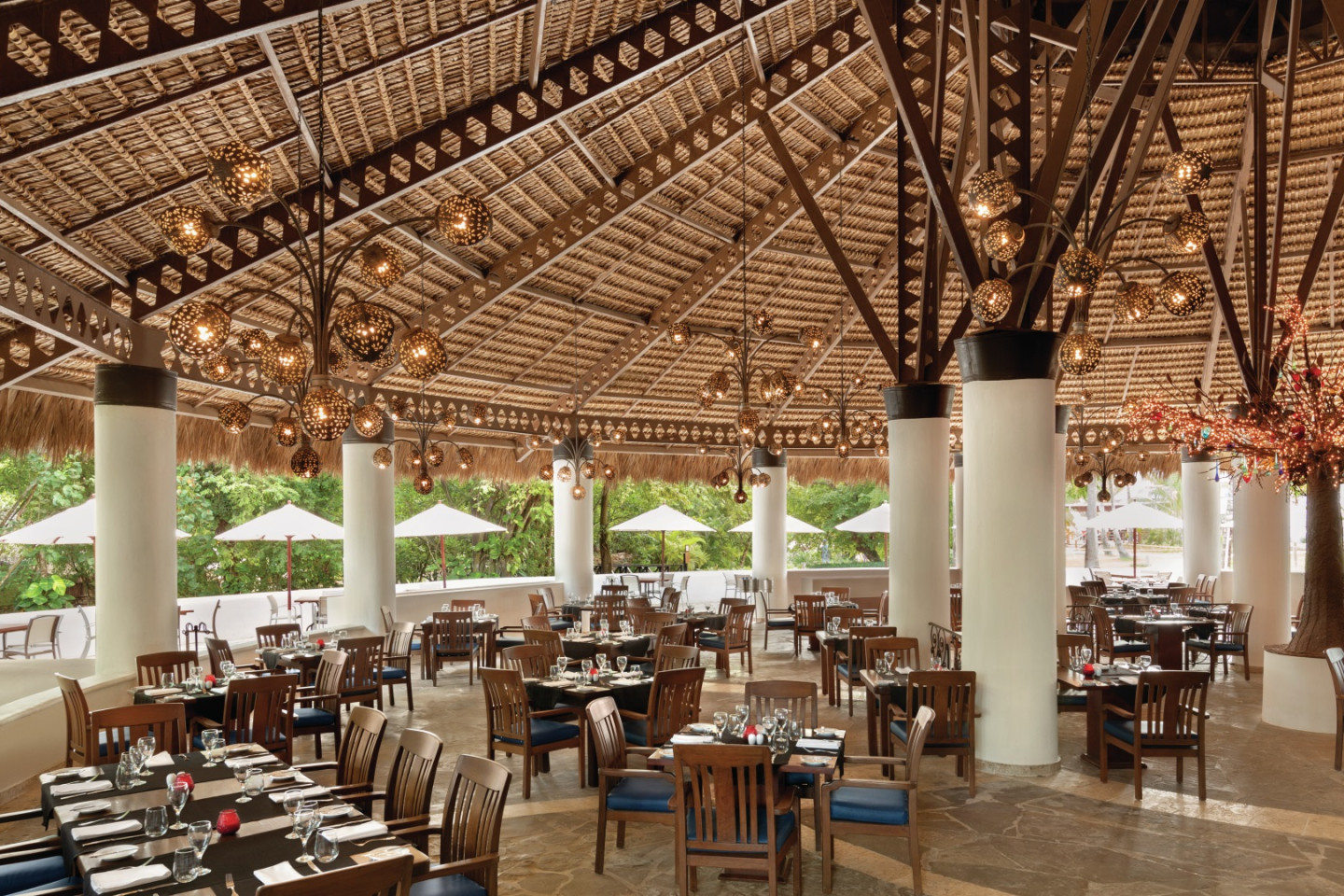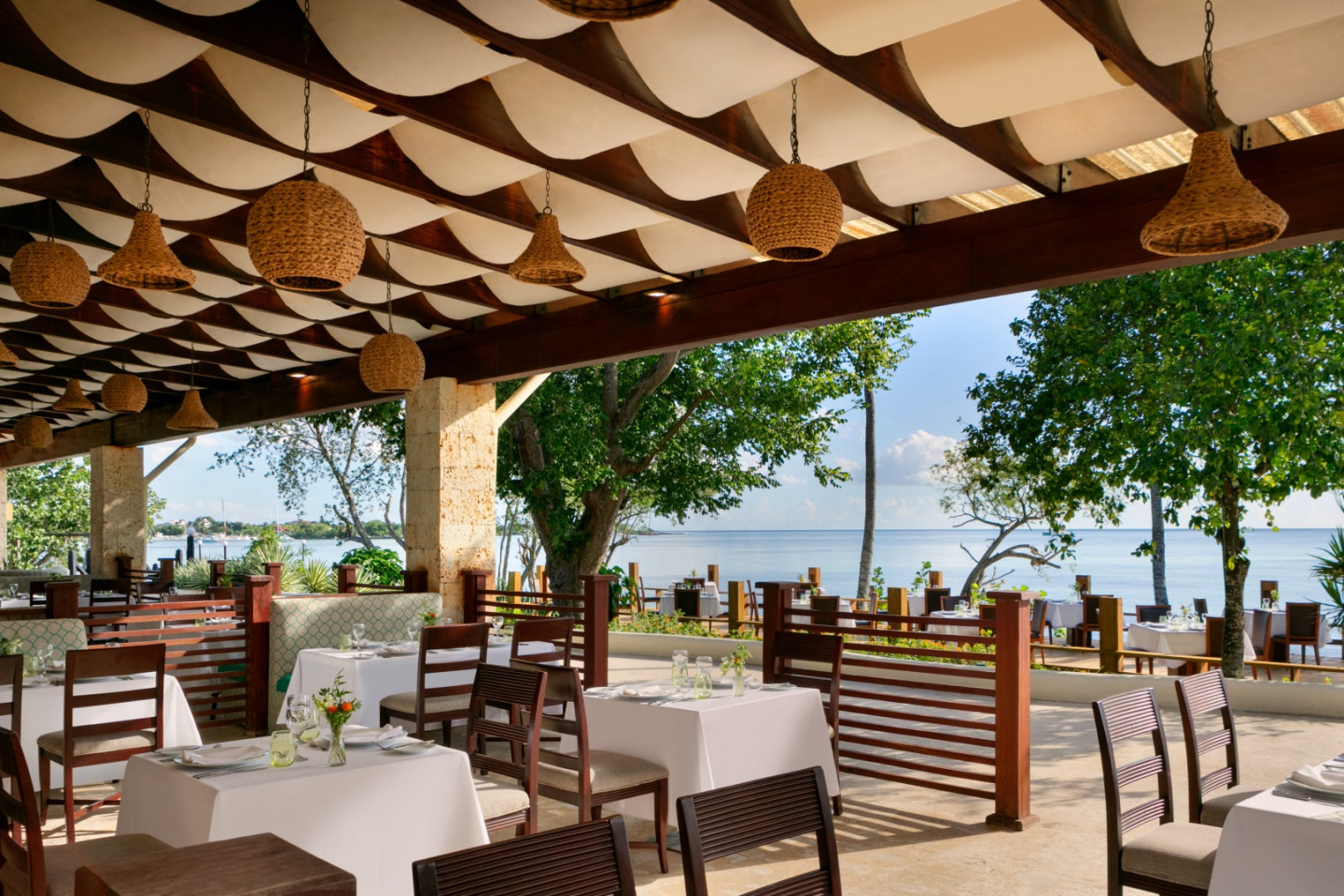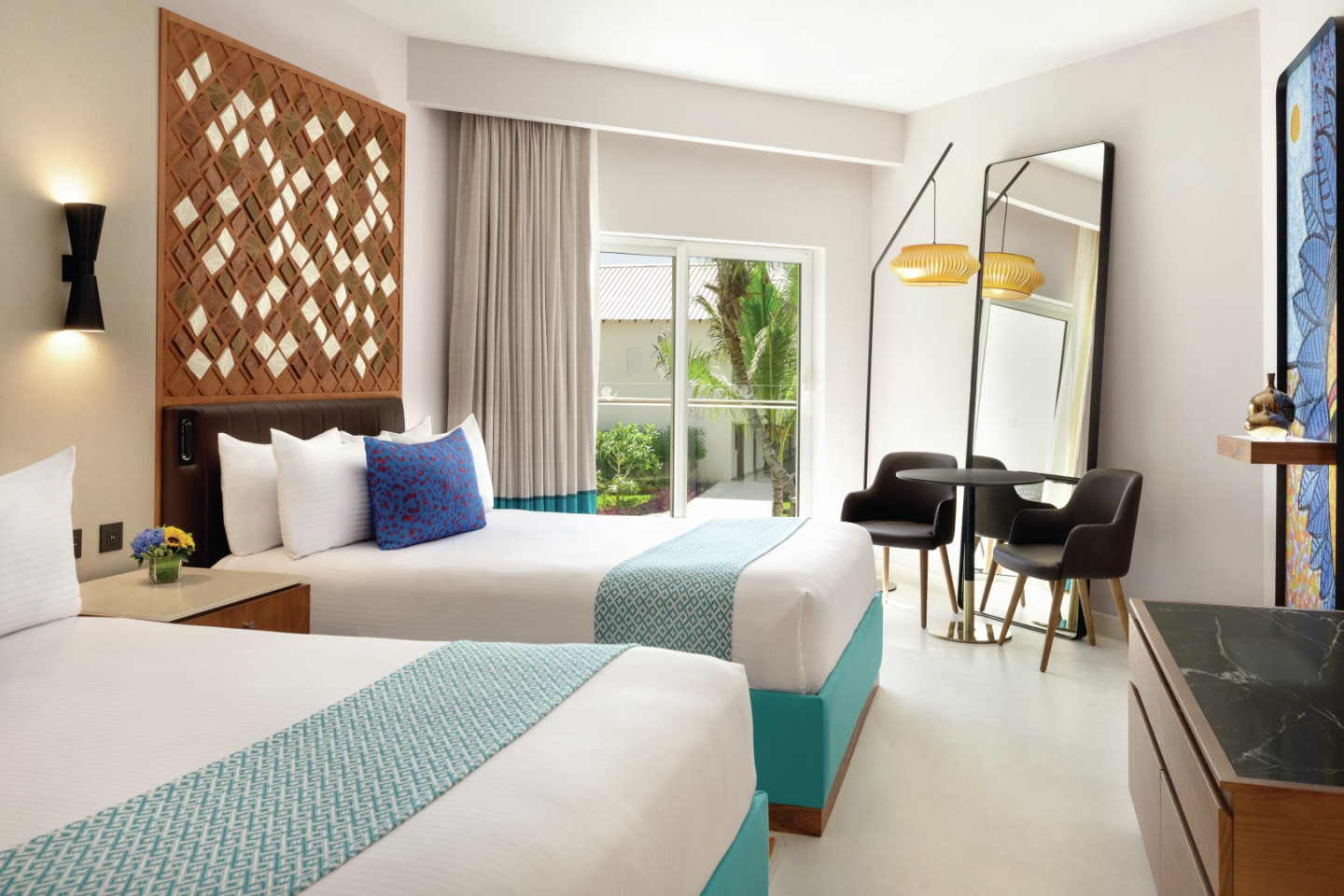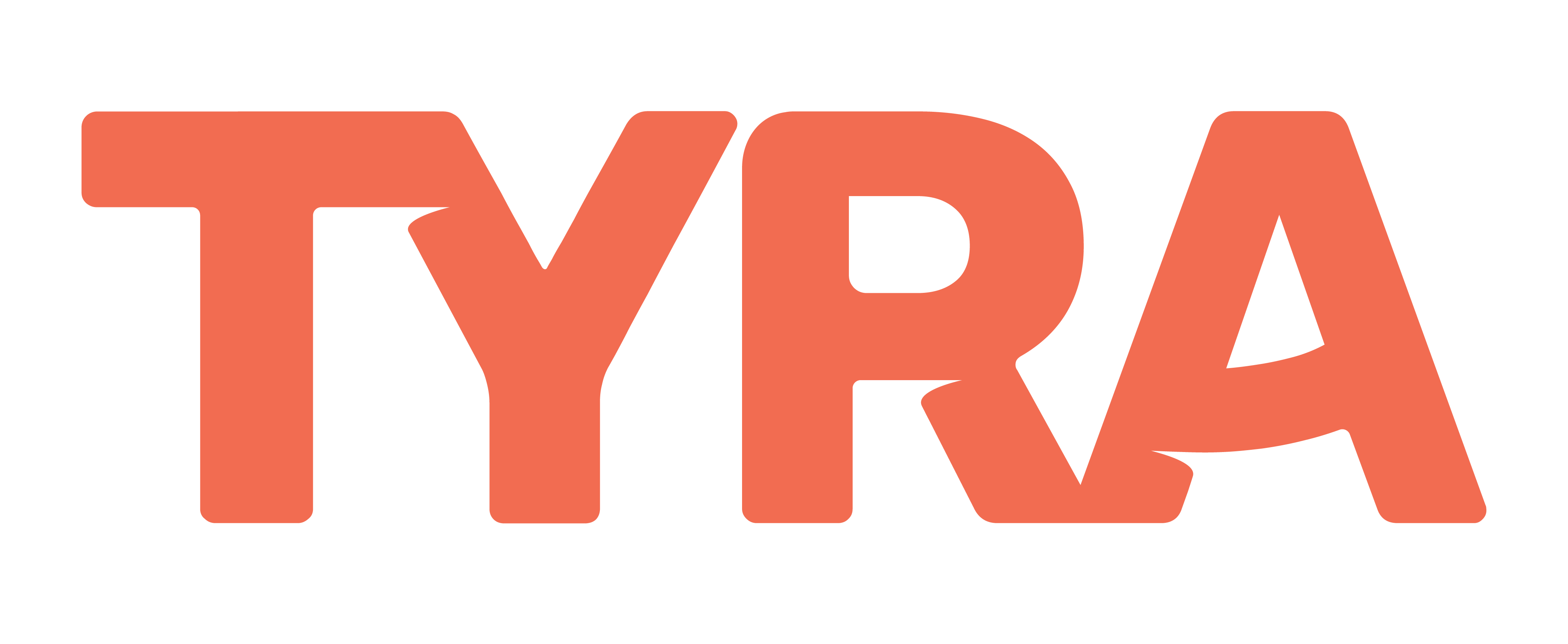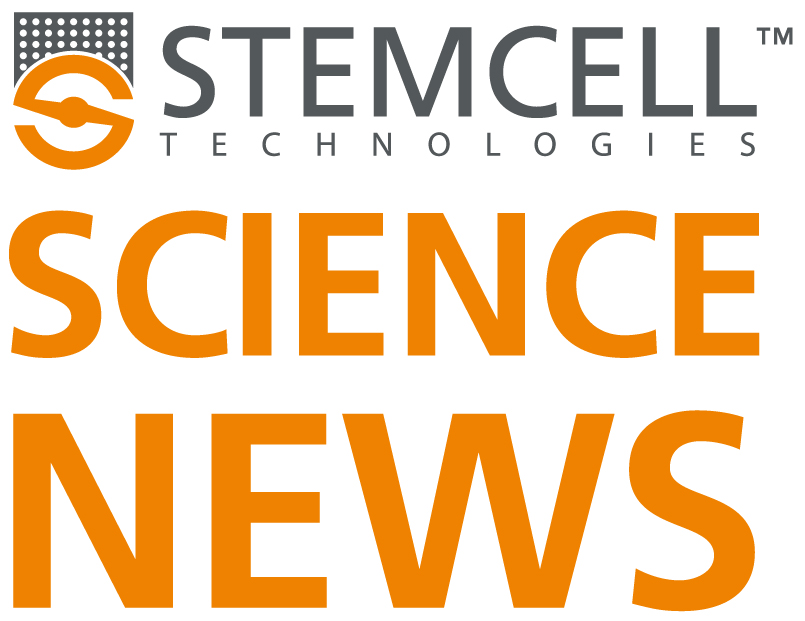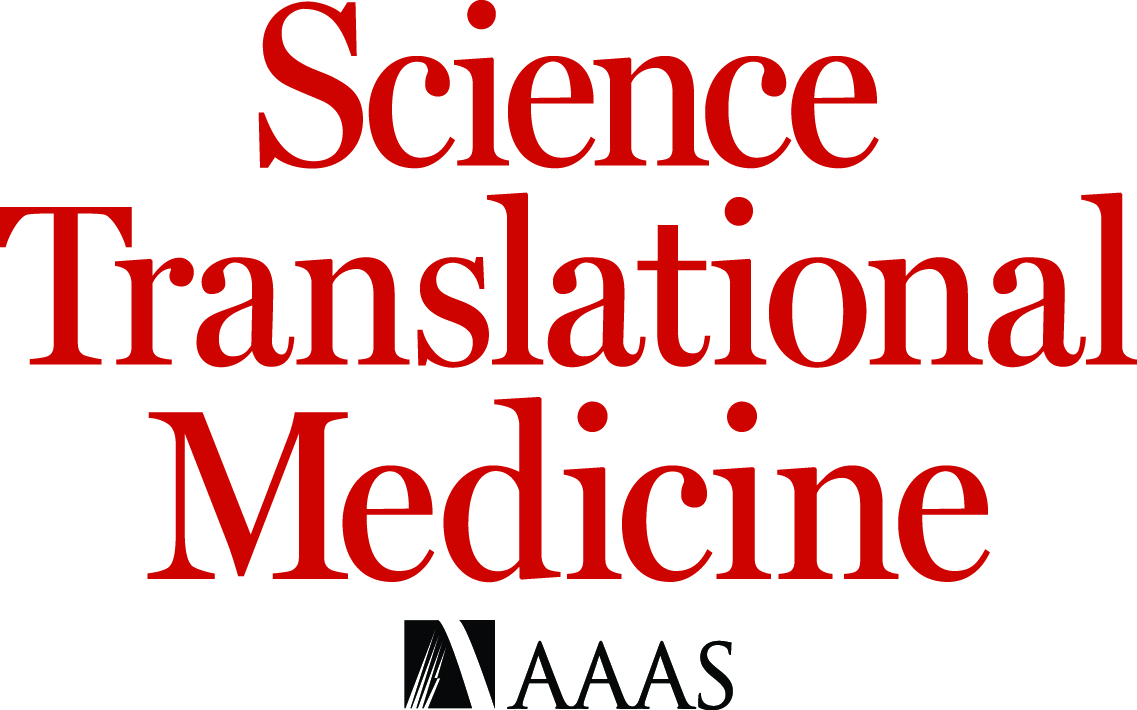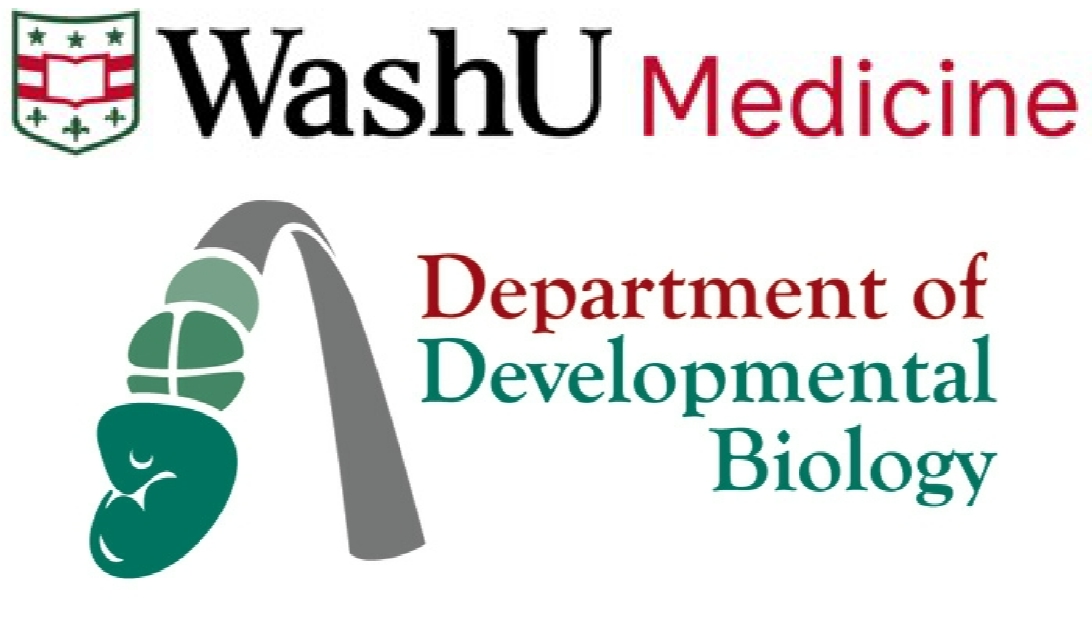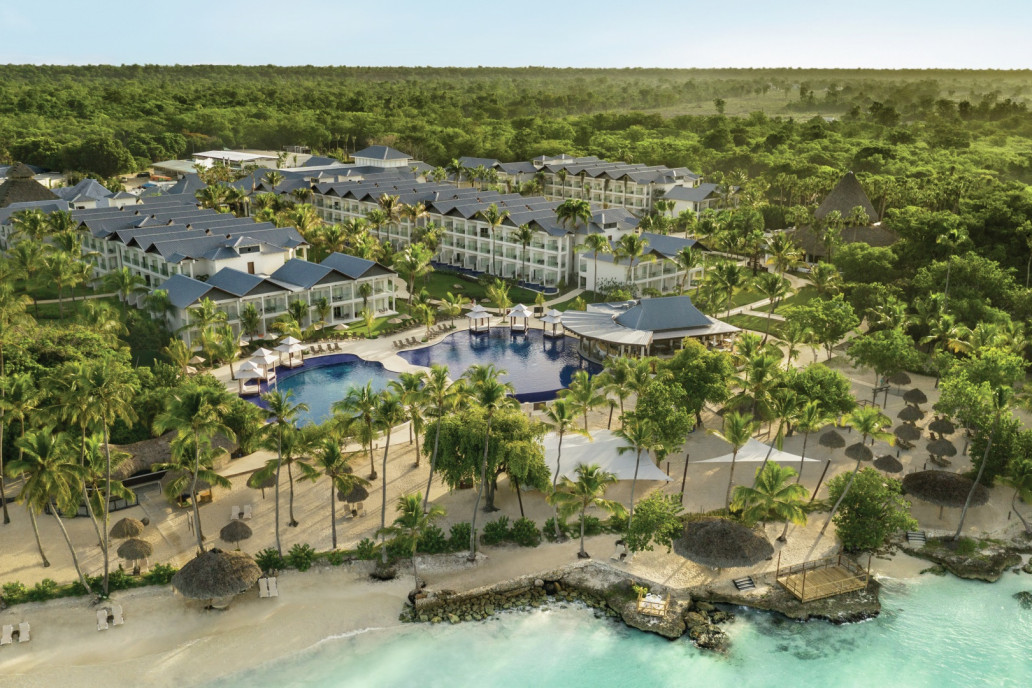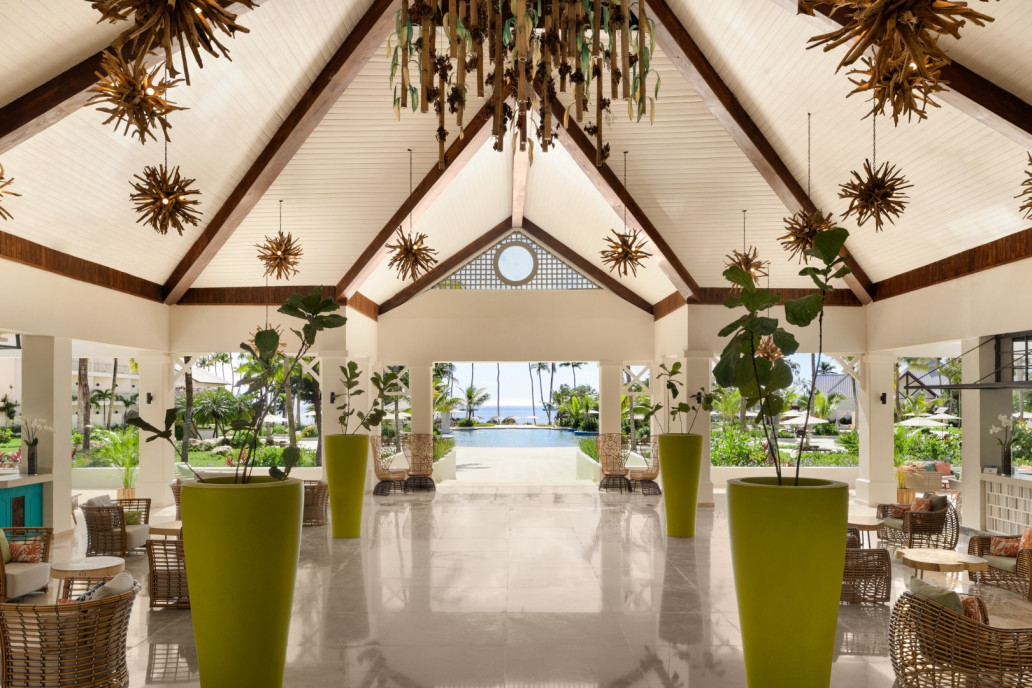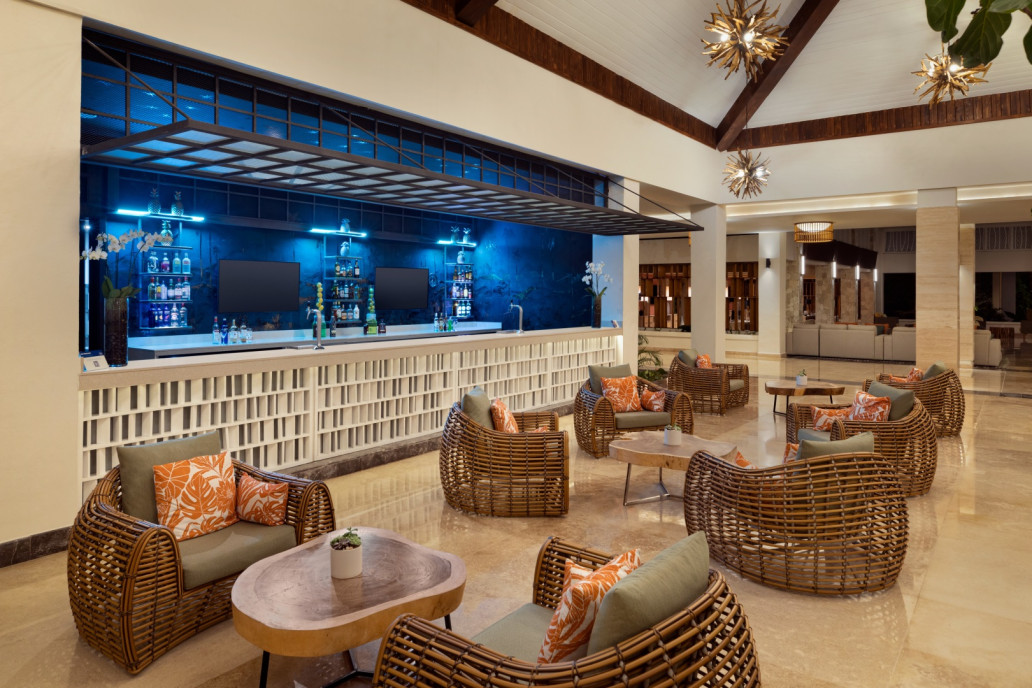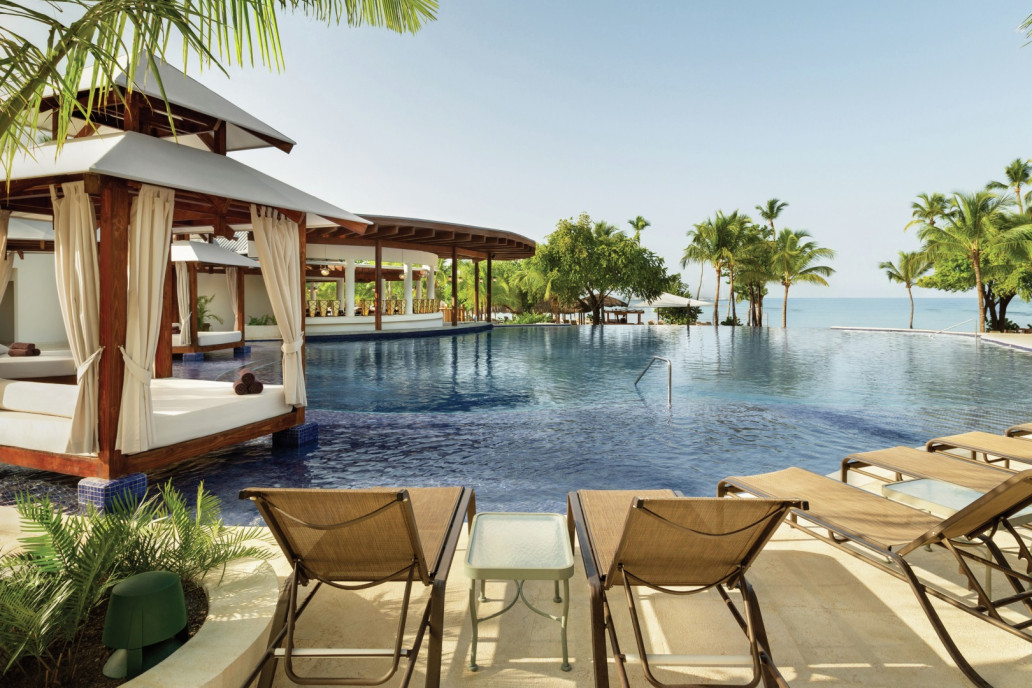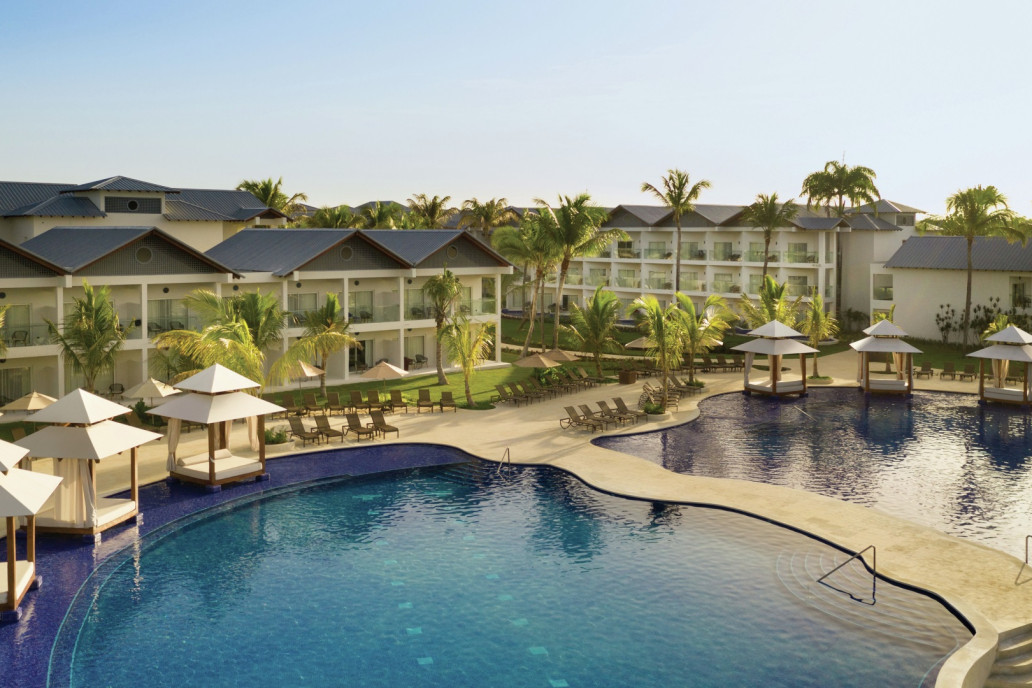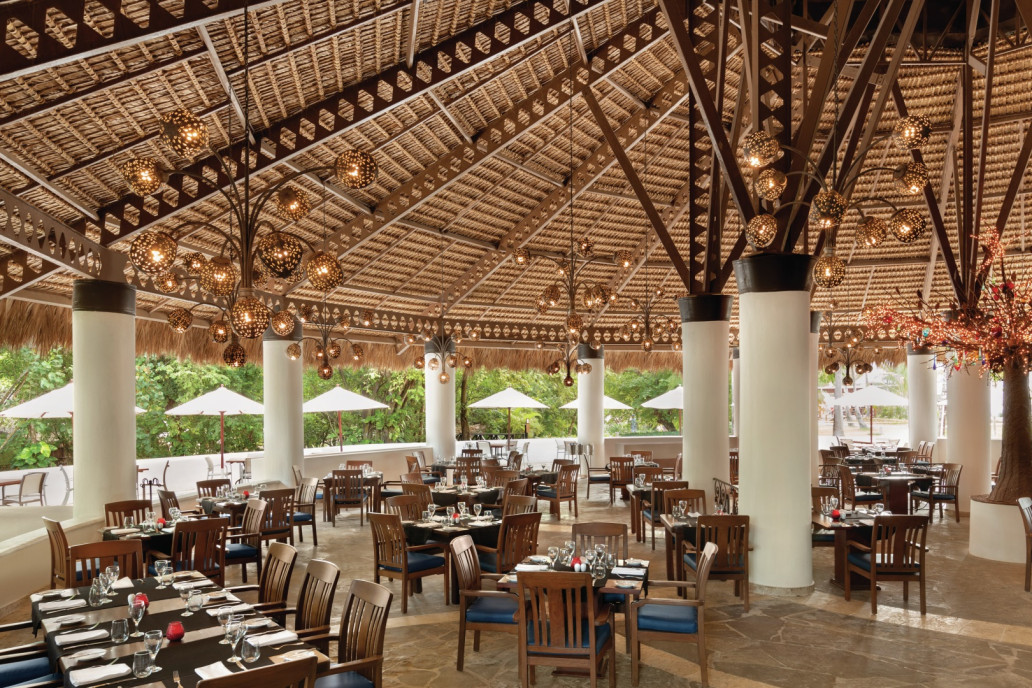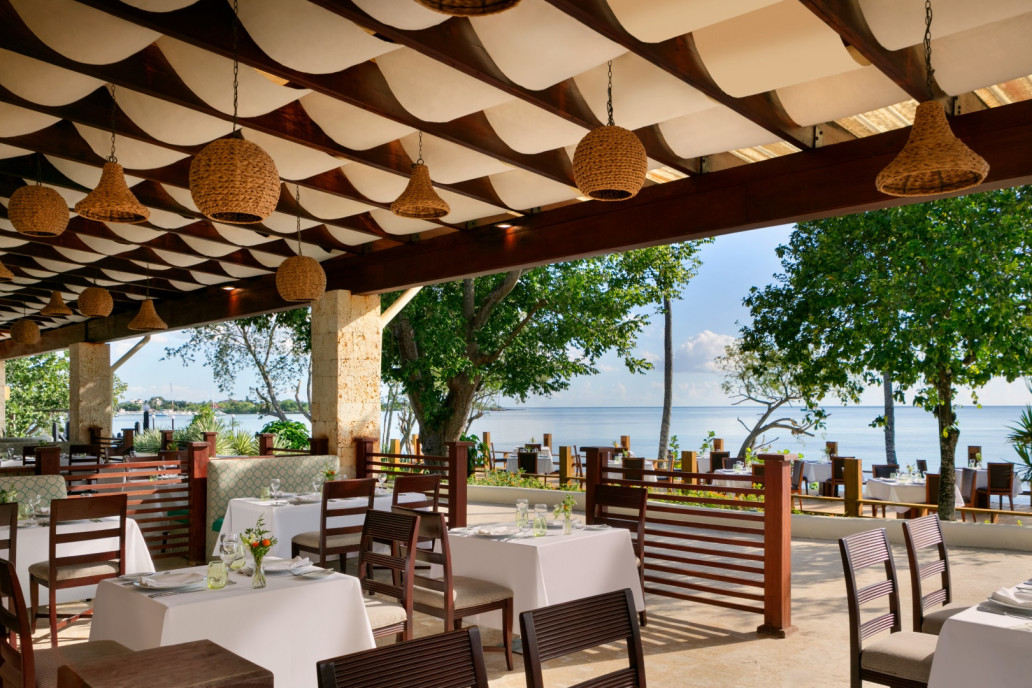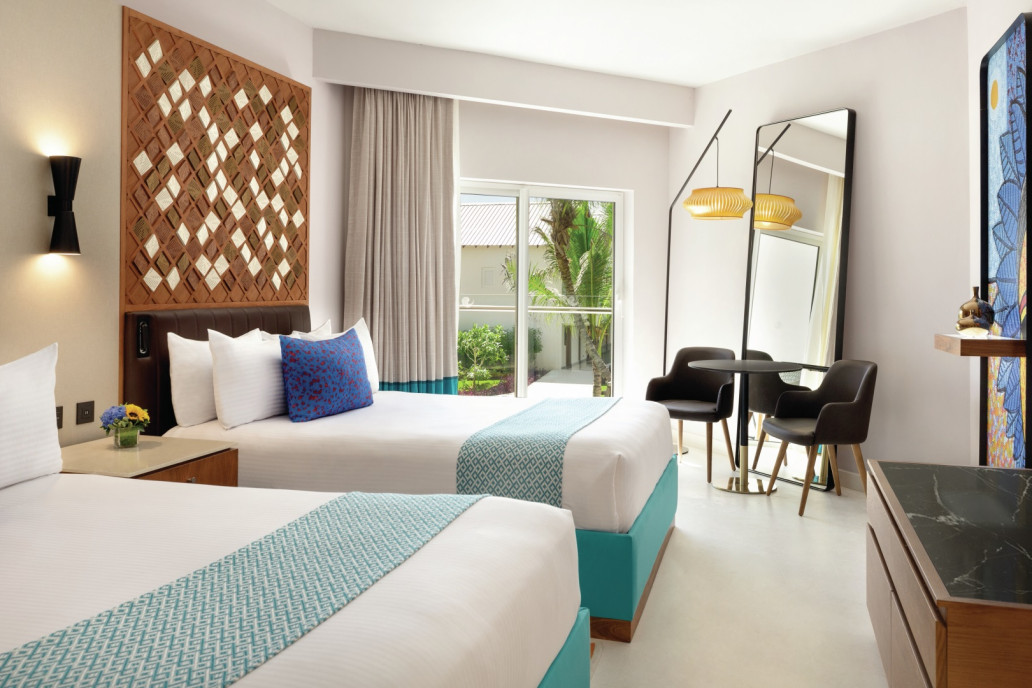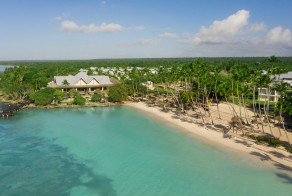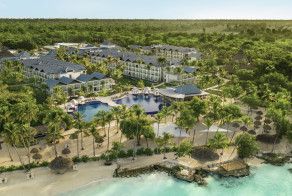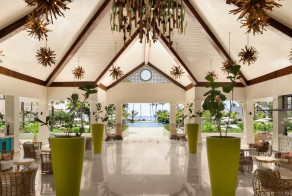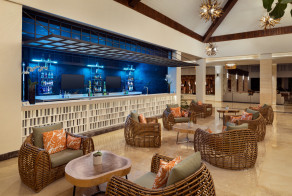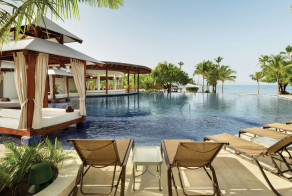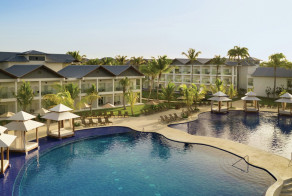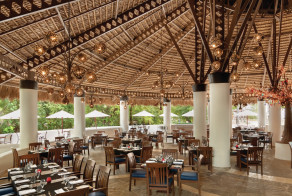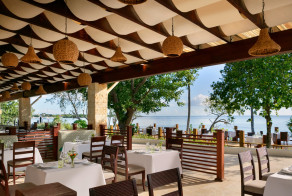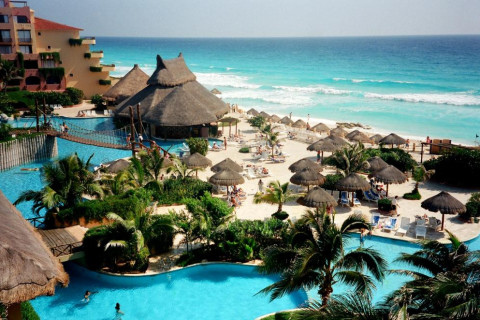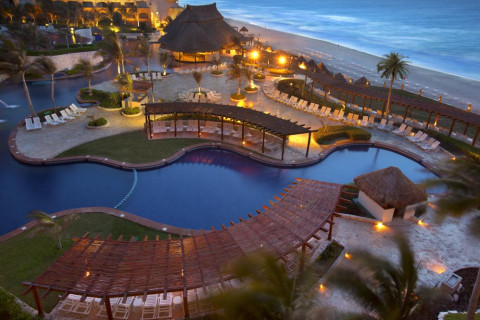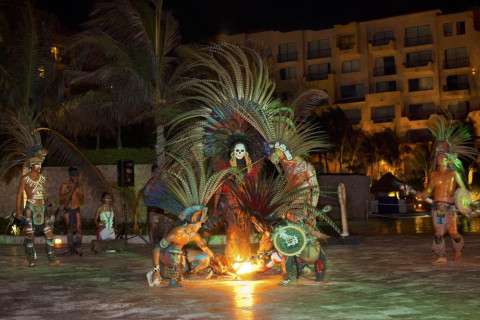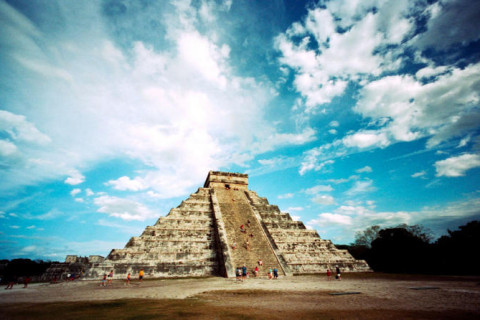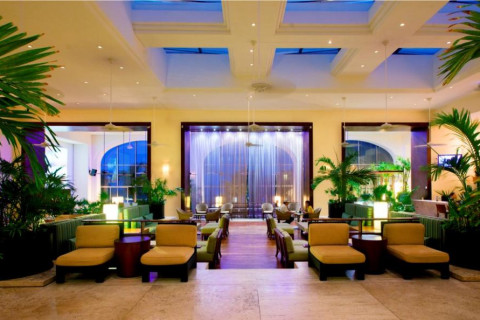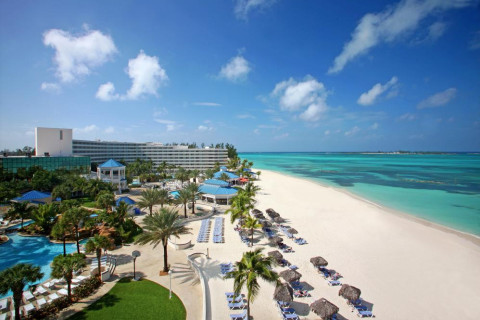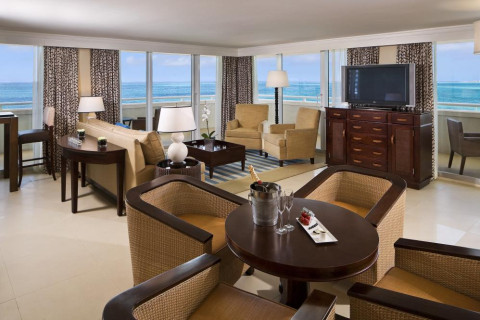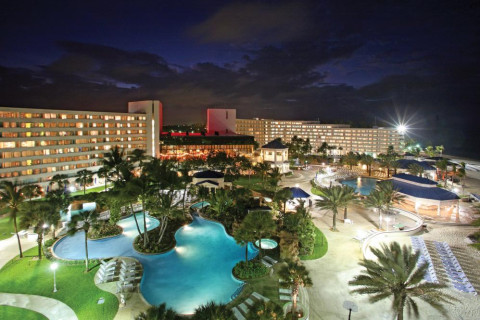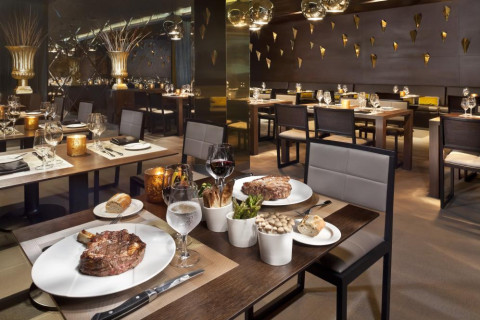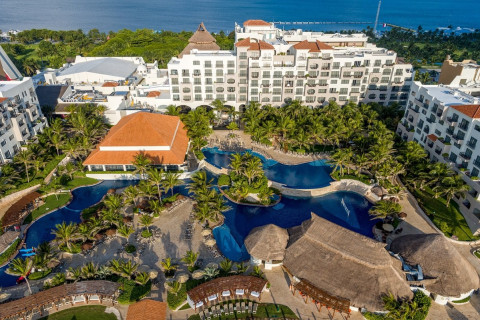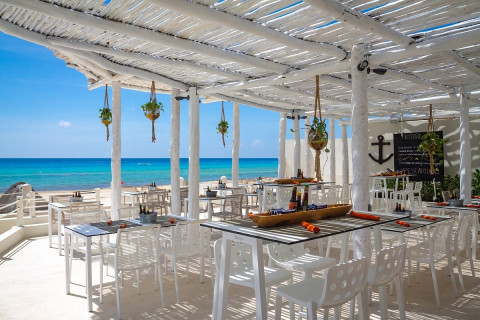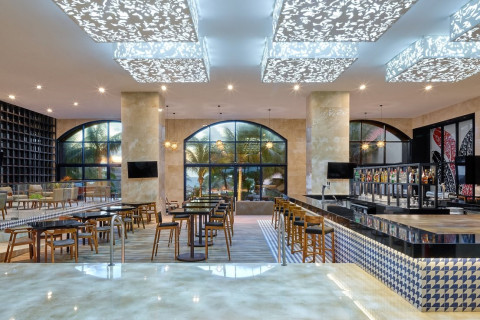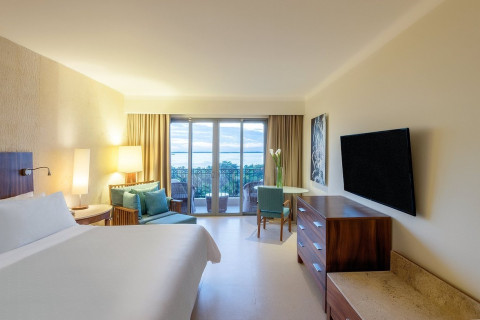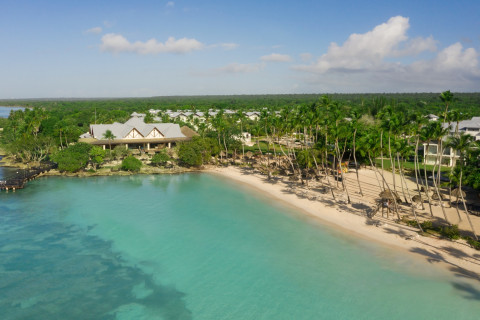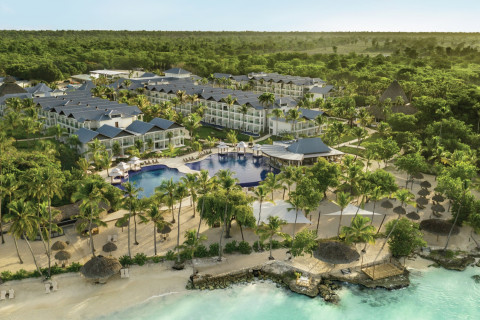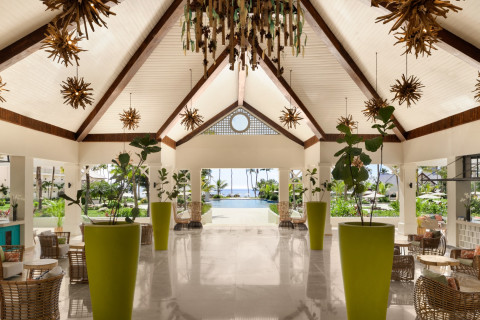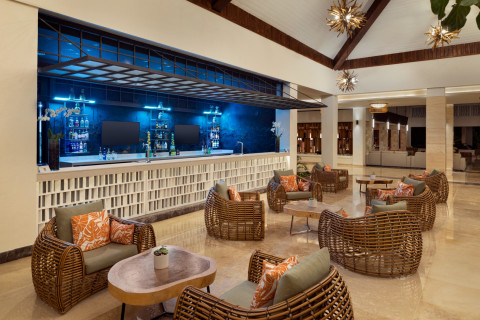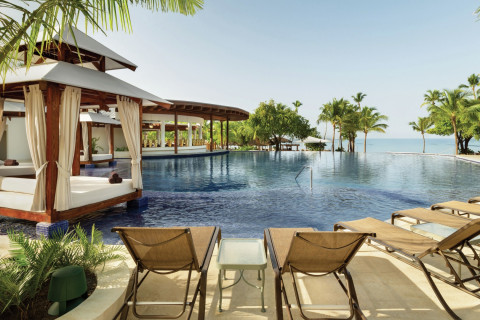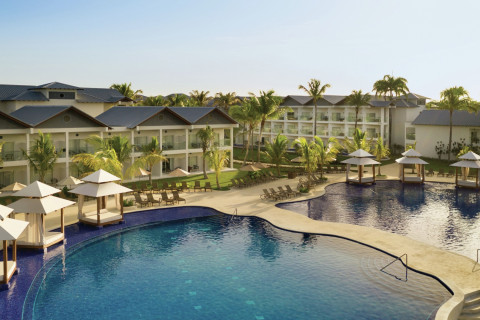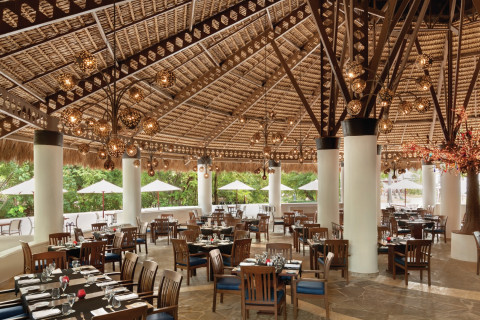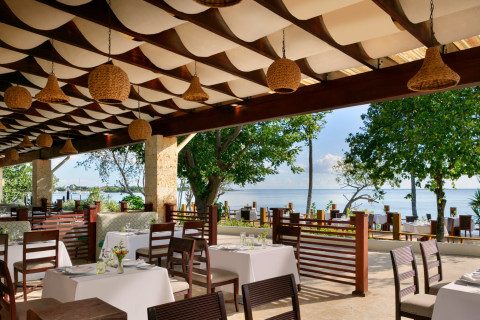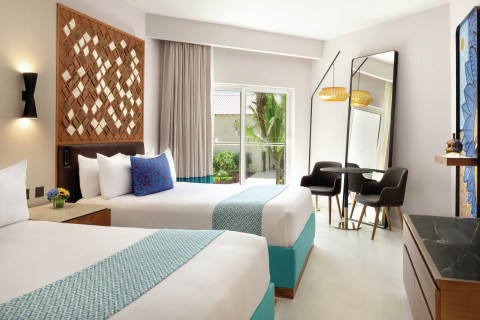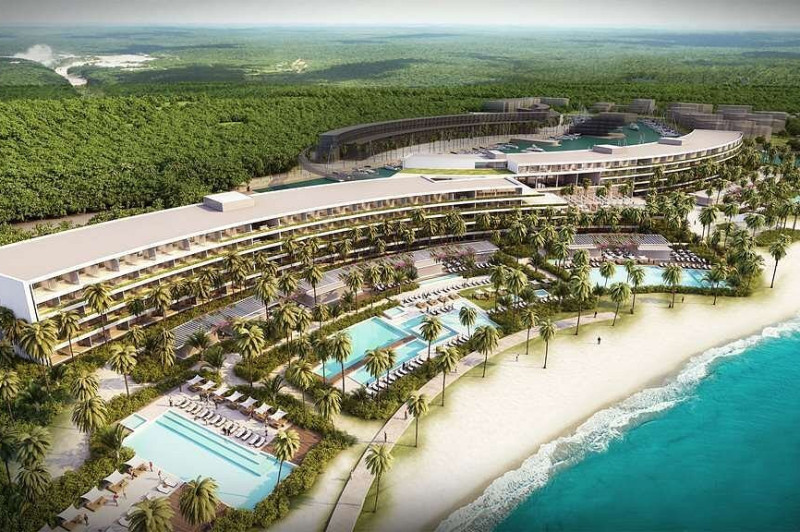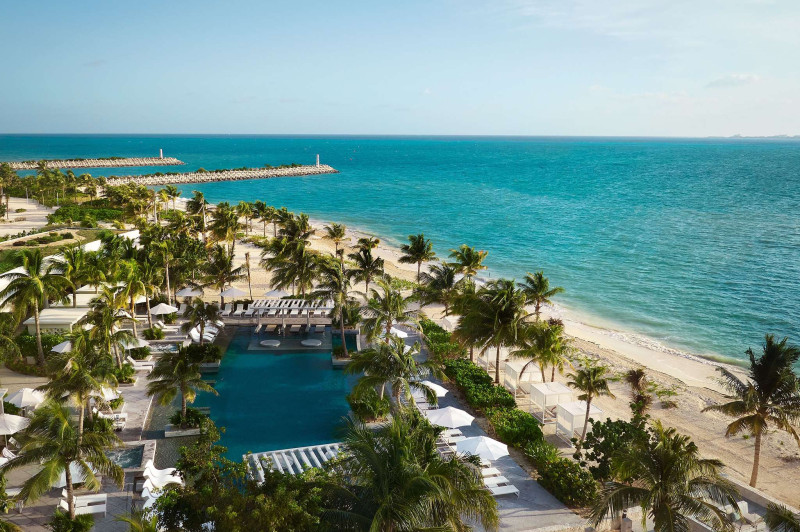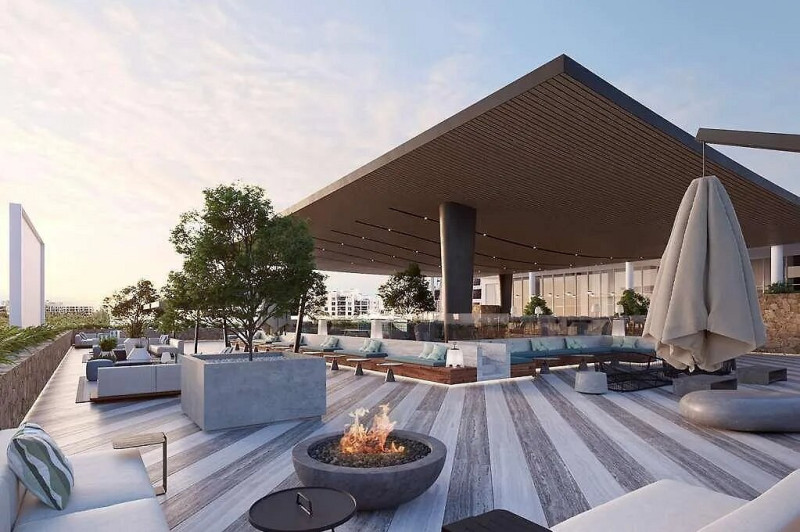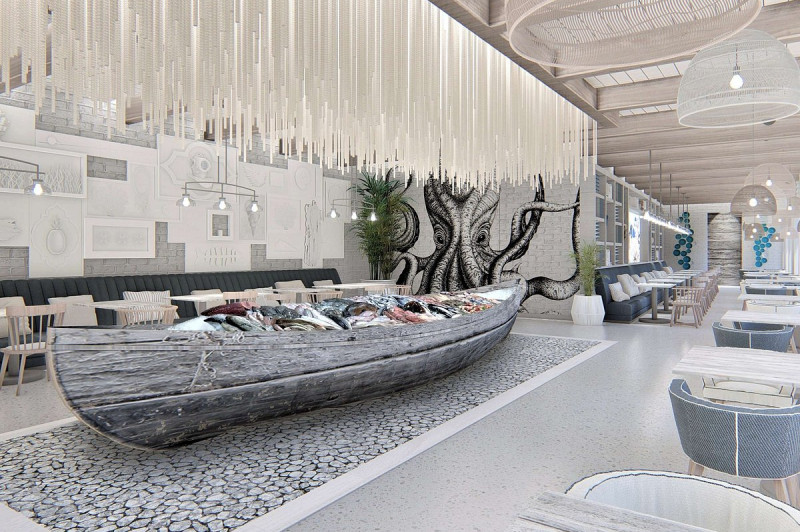- Home
- Past Conferences
- 5th Growth Factors in Regeneration and Regenerative Medicine Conference
5th Growth Factors in Regeneration and Regenerative Medicine Conference
#GFRRM25
14 Feb - 17 Feb 2025
Punta Cana, Dominican Republic
-
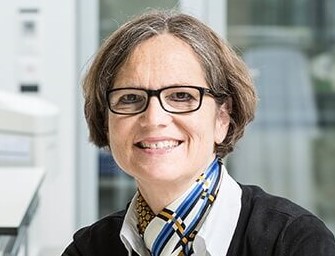
Sabine Werner
ETH Zurich Institute of Molecular Health Sciences
-
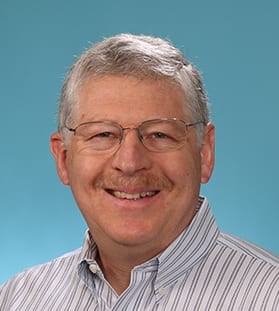
David Ornitz
Washington University School of Medicine in St. Louis
Early Bird - Expired • Talk Submission - Expired • Poster Submission - Expired • Registration & Payment Deadline - Expired
Synopsis
Due to high hotel occupancy levels, we have closed the registration deadline as hotel availability is changing daily. Please contact Amy to check if any spaces remain available. Poster presentations and flash talks slots remain. If you have already registered for the conference, you can no longer extend your stay via your Fusion account. Again, please contact Amy to check if we can accommodate your extra nights and/or accompanying guests.
The 5th Growth Factors in Regeneration and Regenerative Medicine Fusion Conference aims to bring together researchers and clinicians from different disciplines with an interest in the function of growth factors and their downstream signalling molecules as mediators of tissue and organ repair and their modulation to promote regeneration. Because of the remarkable parallels between (i) tissue repair and development and (ii) tissue repair and cancer, the conference will also be of great interest to developmental biologists and cancer researchers. It will provide a unique opportunity for academic and industrial researchers and clinicians to meet each other in a stimulating environment and to discuss ongoing and novel collaborations and interdisciplinary research projects.
Key Sessions
- Growth factor functions in development and parallels to repair
- Growth factor functions in cancer and parallels to repair
- Cross-talk between growth factor and extracellular matrix signals
- Stromal-immune cell cross-talk in tissue repair and regeneration
- Growth factors in stem cell function
- Novel growth factor- based strategies to promote regeneration
- Growth factors in lung development, repair, and regeneration (joint session with 3rd Niche-epithelial Stem Cell Interactions in Lung Health and Disease Conference. More details coming soon)
Joint Session & Multi Conference Discount
Join us on 17 February for our "Growth factors in lung development, repair, and regeneration" session, in partnership with the 3rd Niche-epithelial Stem Cell Interactions in Lung Health and Disease Conference which proceeds this meeting from 17 - 20 February 2025. Receive a 10% discount when you book onto both conferences. Email amy@fusion-conferences.com to receive your discount code. T&C's apply.
Confirmed Invited Speakers
Denise Al Alam (The Lundquist Institute)
FGF SIGNALING IN LUNG DEVELOPMENT AND CONGENITAL DISEASES
Saverio Bellusci (Justus-Liebig-Universitaet Giessen, ECCPS)
REGULATION OF LIPOFIBROBLAST TO MYOFIBROBLAST REVERSIBLE SWITCH IN FIBROSIS FORMATION AND RESOLUTION
Ken Dower (Pfzier)
MYELOID-STROMAL INTERACTIONS IN FIBROGENESIS AND RESOLUTION: A PHARMA PERSPECTIVE
Stuart Forbes (The University of Edinburgh)
MACROPHAGE THERAPY FOR LIVER DISEASE
David Granville (University of British Columbia)
BEYOND THE GRAVE – EMERGING NON-CYTOTOXIC ROLES FOR GRANZYME SERINE PROTEASES IN HEALTH AND DISEASE
Farshid Guilak (Washington University in St. Louis)
SYNTHETIC GENE CIRCUITS FOR AUTONOMOUS CELL-BASED DRUG DELIVERY: IT’S ABOUT TIME!
Chrissy Hammond (University of Bristol)
Boris Hinz (St. Michael Hospital and University of Toronto)
MECHANICAL ENVIRONMENT PRIMES MESENCHYMAL STROMAL CELLS TO PRODUCE PRO-INFLAMMATORY SECRETOMES
Sachiko Iseki (Tokyo Medical and Dental University)
VERSATILE FUNCTION OF FGF18 IN DEVELOPMENT AND REGENERATION
Aaron Johnson (Washington University School of Medicine)
A BRAIN-MUSCLE SIGNALING AXIS REGULATES MUSCLE FUNCTION
Megan Killian (University of Michigan)
ENTHESIS REGENERATION AND REMODELING
Michael Longaker (Stanford University School of Medicine)
PREVENTION AND RESCUE OF SCARRING DURING WOUND REPAIR
Amy Merrill (University of Southern California)
FGF SIGNALING IN CRANIAL SUTURE DEVELOPMENT AND MAINTENANCE.
Paul Martin (University of Bristol)
LIVE IMAGING AND REPROGRAMMING OF IMMUNE CELLS IN WOUND HEALING AND CANCER
Mikael Martino (Monash University)
PROMOTING TISSUE HEALING VIA GROWTH FACTORS AND IMMUNOMODULATION
Moosa Mohammadi (Wenzhou Medical University)
MOLECULAR ARCHITECTURES OF FGF SIGNALING ASSEMBLIES
Maria Sibilia (Medical University of Vienna, Institute of Cancer Research)
HARNESSING INNATE IMMUNITY TO PREVENT AND TREAT METASTASES
Tanya Shaw (King's College London)
MECHANISMS REGULATING THE COMPLEX EXTRACELLULAR MATRIX IN KELOID
Lukas Sommer (University of Zurich)
PERIPHERAL GLIA FORM A REGENERATIVE NICHE IN SKIN WOUND HEALING
Daniel Tschumperlin (Mayo Clinic)
MATRICELLULAR mRNA DELIVERY TO PROMOTE LUNG REPAIR
Erwin Wagner (Medical University of Vienna)
SKIN INFLAMMATION AND CANCER
Max Yun (TU Dresden)
MOLECULAR DRIVERS OF DE NOVO THYMUS REGENERATION IN THE AXOLOTL
Jin-San Zhang (Wenzhou Medical University)
EVIDENCE THAT METFORMIN PROMOTES FIBROSIS RESOLUTION VIA ACTIVATION OF ALVEOLAR EPITHELIAL STEM CELLS IN AN FGFR2B-DEPENDENT MANNER
Target Audience
Growth factors control survival, proliferation, migration, metabolic functions and the gene expression program of all cells in the body. Upon injury, expression of many growth factors increases, which activates reparative cells through increased proliferation and migration at the site of injury and production of repair-promoting molecules. The coordinated interplay among different growth factors and their cross-talk with other injury-relevant signals is essential for normal repair. While certain lower organisms have a strong regenerative capacity and can even regenerate amputated body parts, this capability is rudimentary in mammals where tissue injury most often results in scar formation with functional and aesthetical impairment. Therefore, there is a strong need to develop strategies to improve the repair/regeneration process. A detailed understanding of growth factor function in regenerating vs. non-regenerating tissues and organisms will help to design such strategies. Based on this knowledge, the application of growth factors to injured tissues or activation of major growth factor signaling pathways has a strong potential to improve tissue regeneration. Such approaches require not only the design of suitable molecules, but also their appropriate delivery. All these aspects will be addressed at the Fusion Conference. The meeting will therefore be of major interest to cell and developmental biologists, researchers and clinicians working in the area of tissue repair and regeneration, pharmacologists, and bioengineers as well as cancer researchers. We expect this meeting to attract people from academia, but also from various Biotechnology and pharmaceutical companies.
Growth factor research as well as tissue repair research are well represented at different places in the world, with major hubs in Europe, the US, and China. However, researchers from many other countries will also benefit from this conference.
Educational Need
Research on growth factor signalling pathways in stem cell biology, as mediators of tissue injury, and as potential therapeutics in regenerative medicine is rapidly progressing. Therefore, there is a critical need to bring together researchers from academia and from the Biotechnology and Pharmaceutical industries, and clinicians, to share ideas and establish collaborations to promote these clinically highly relevant topics. There is an additional need to educate new researchers on the recent progress in understanding growth factors as mediators of disease and their use as therapeutics for regenerative medicine.
Confirmed Speakers
Chairs

Sabine Werner
ETH Zurich Institute of Molecular Health Sciences

David Ornitz
Washington University School of Medicine in St. Louis
Invited Speakers
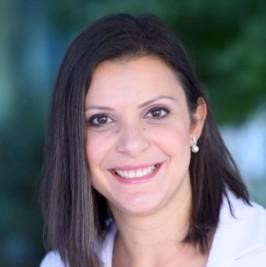
Denise Al Alam
The Lundquist Institute
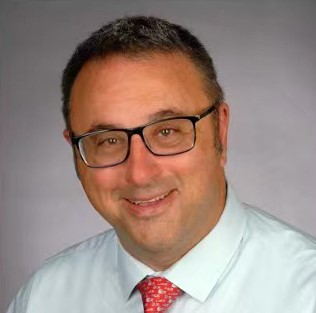
Saverio Bellusci
Justus-Liebig-Universitaet Giessen, ECCPS
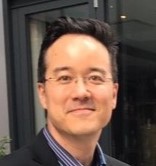
Ken Dower
Pfizer
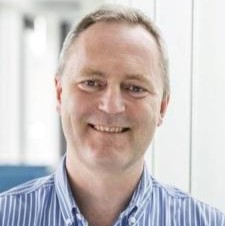
Stuart Forbes
The University of Edinburgh
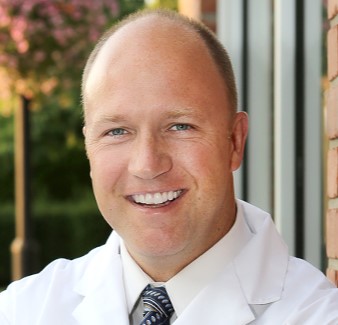
David Granville
University of British Columbia
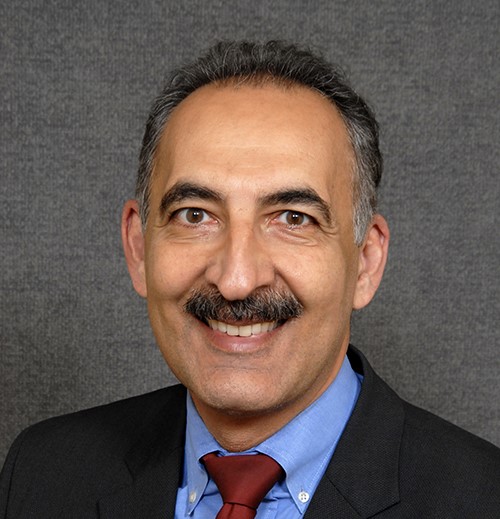
Farshid Guilak
Washington University in St. Louis
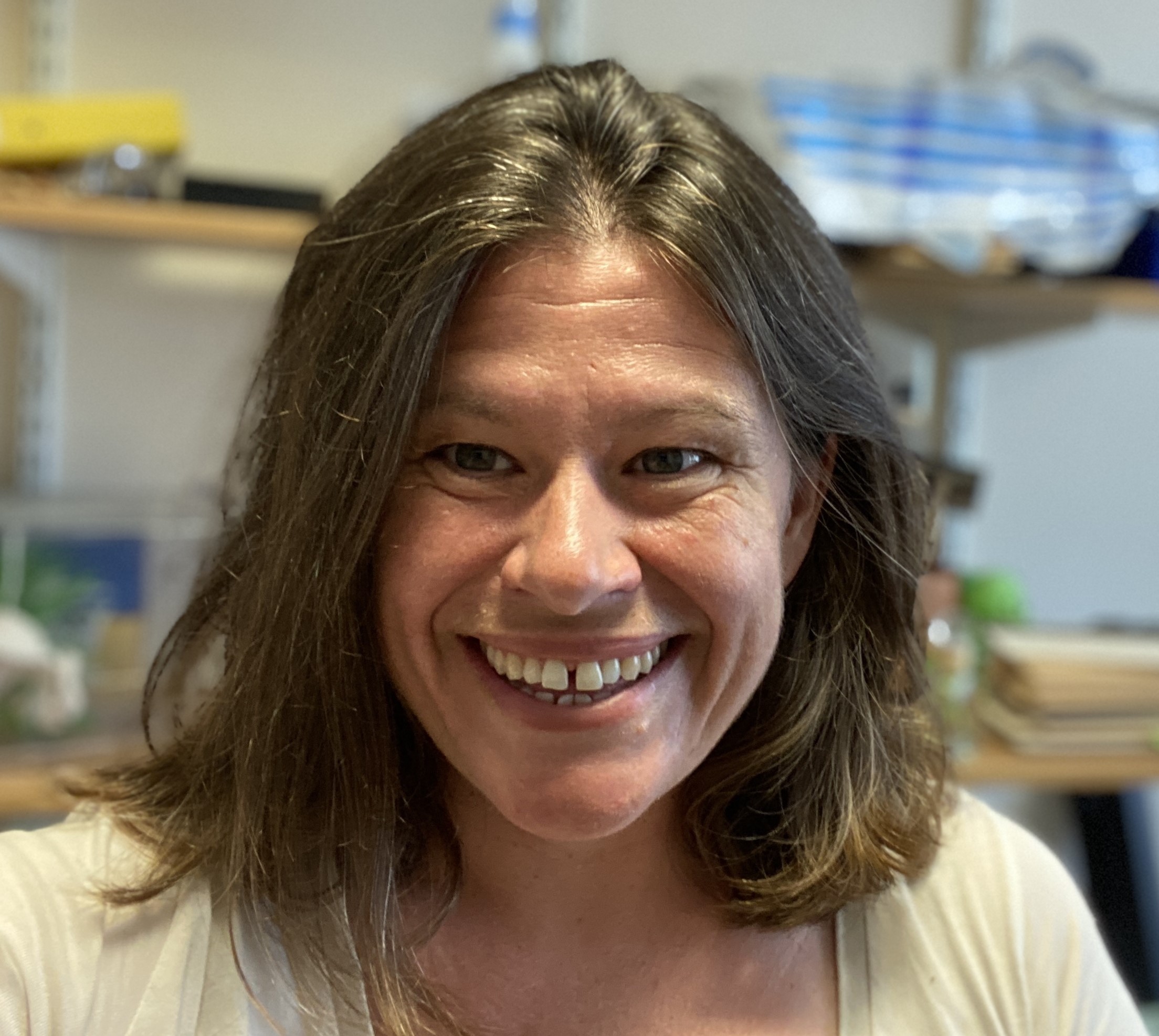
Chrissy Hammond
University of Bristol
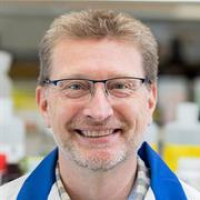
Boris Hinz
St. Michael Hospital and University of Toronto
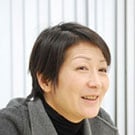
Sachiko Iseki
Tokyo Medical and Dental University
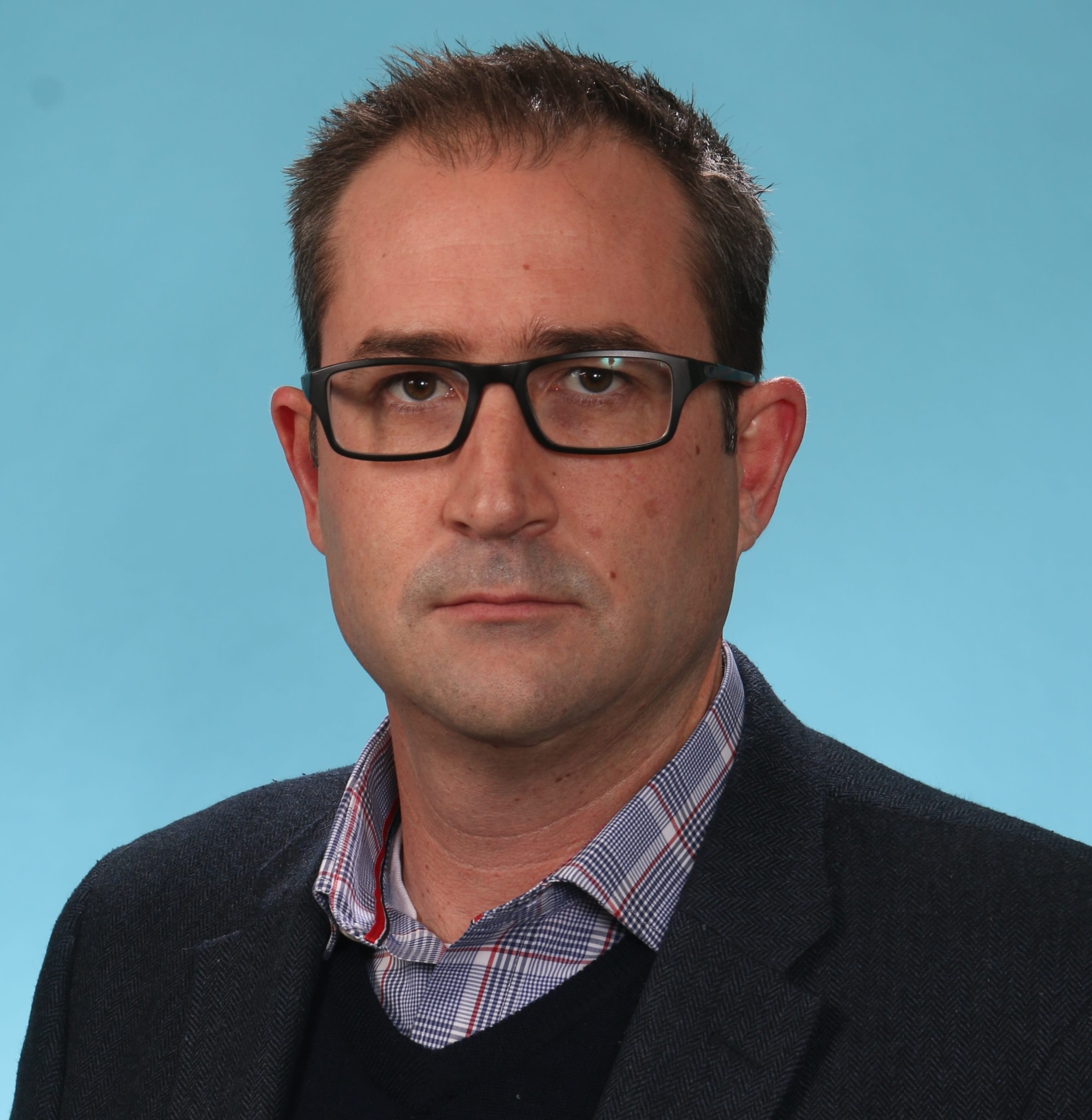
Aaron Johnson
Washington University School of Medicine
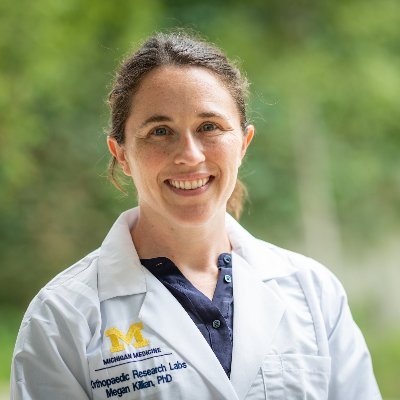
Megan Killian
University of Michigan
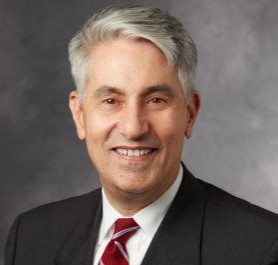
Michael Longaker
Stanford University School of Medicine
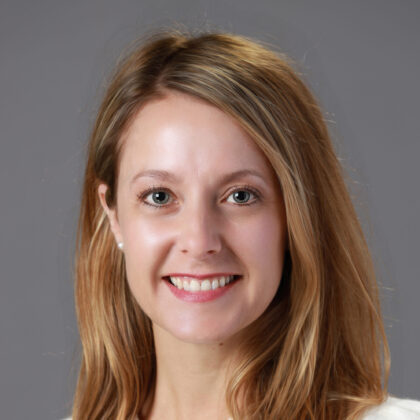
Amy Merrill
University of Southern California
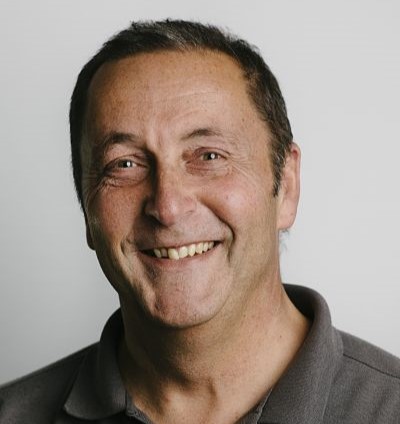
Paul Martin
University of Bristol
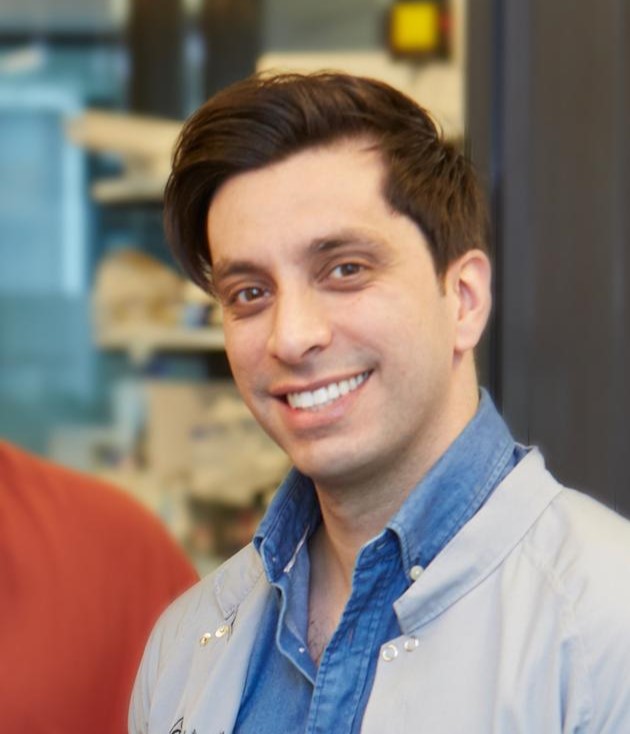
Mikael Martino
Monash University
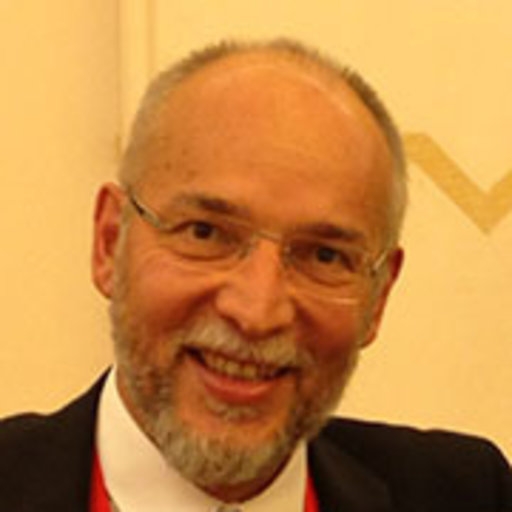
Moosa Mohammadi
Wenzhou Medical University
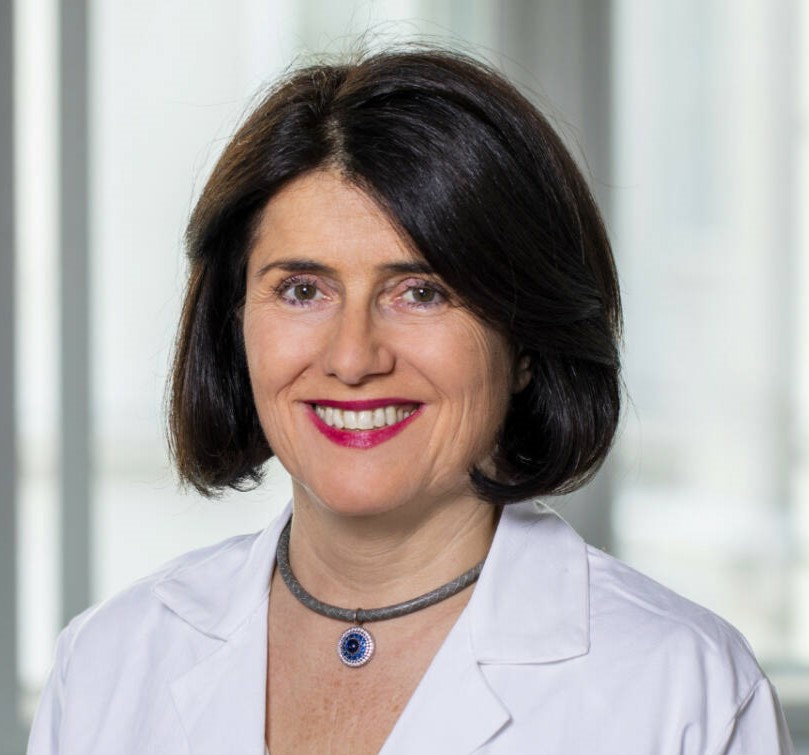
Maria Sibilia
Medical University of Vienna, Institute of Cancer Research
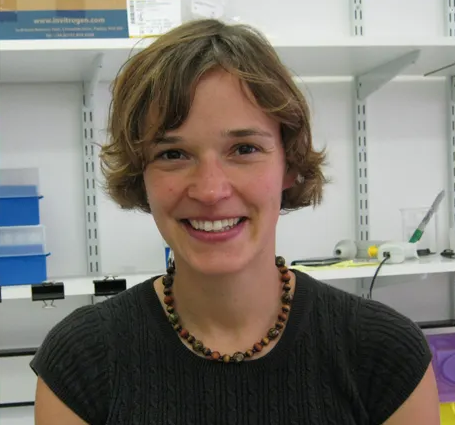
Tanya Shaw
King's College London
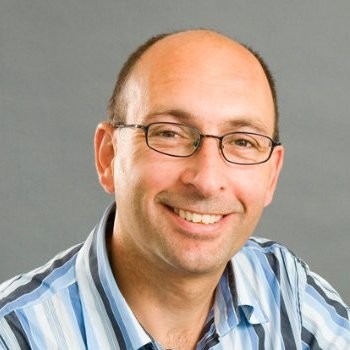
Lukas Sommer
University of Zurich
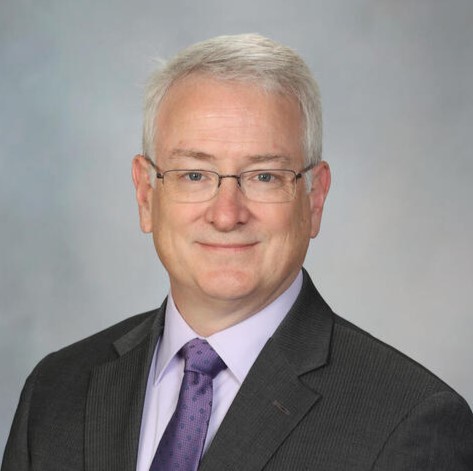
Daniel Tschumperlin
Mayo Clinic
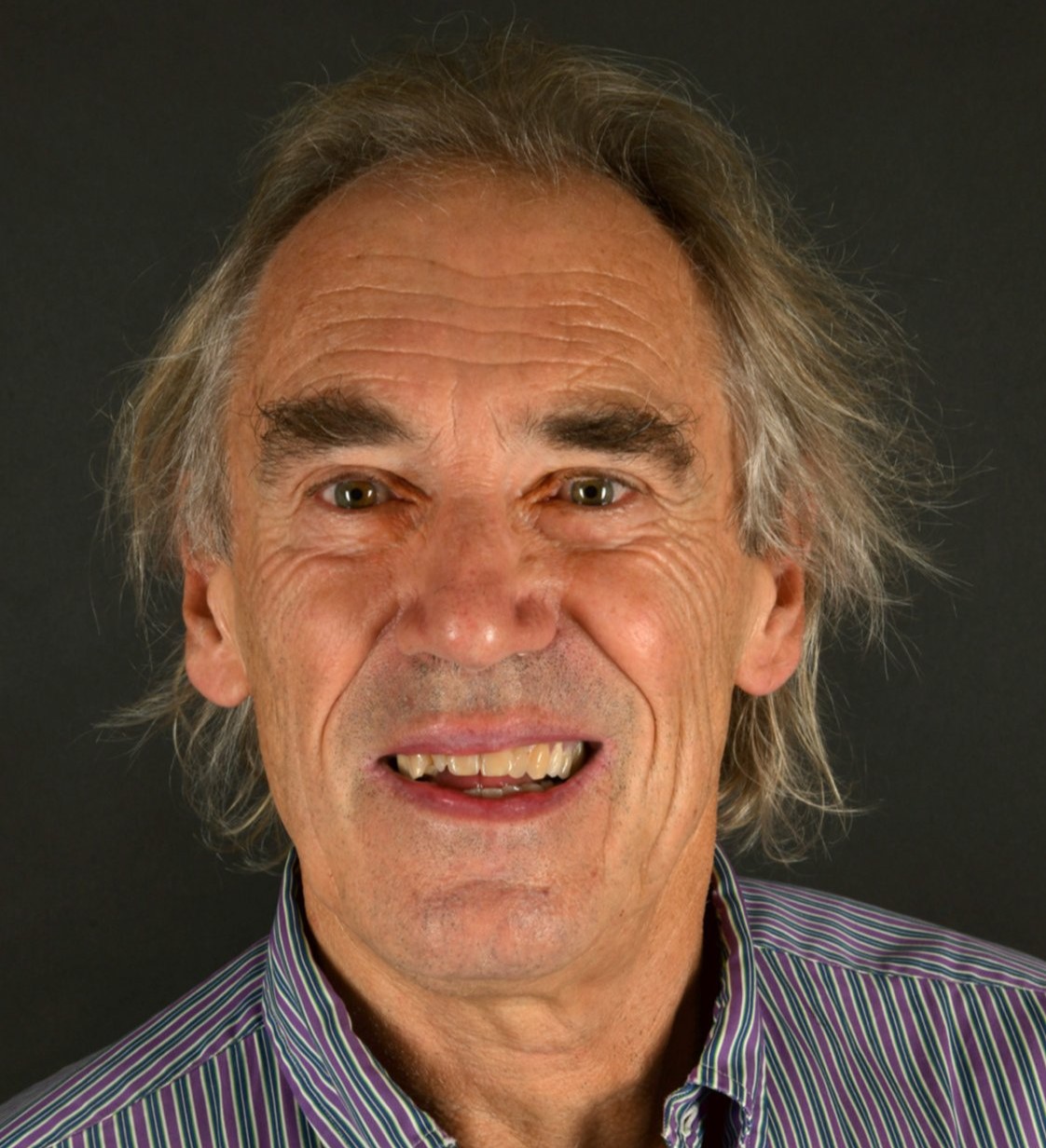
Erwin Wagner
Medical University of Vienna
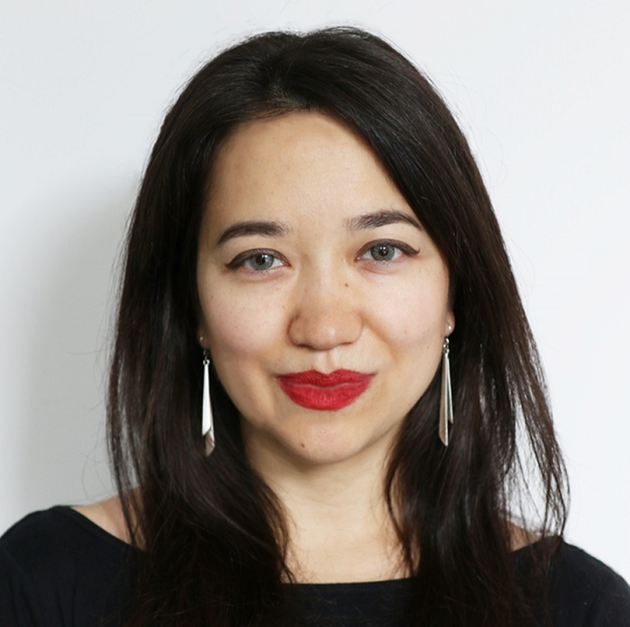
Max Yun
TU Dresden
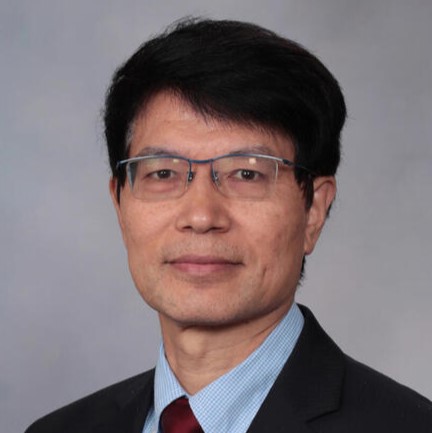
Jin-San Zhang
Wenzhou Medical University
Programme
Supported by
Interested in sponsoring this conference?
Contact usVenue & Location
Hilton La Romana
Hilton La Romana is an all-inclusive property and is perfectly set on the Dominicans Republic's pristine coast. Lush jungles, gorgeous weather, and expansive beaches invite you to explore the beauty of the island while the resort enchants with daily activities for every age. Explore six restaurants, eight bars and lounges, and 24-hour room service. Relax in oversized rooms with views of tropical gardens or the Caribbean Sea.
Non-motorized activities like kayaking, snorkeling, and windsurfing are free at the resort.
General Information
Venue Rating
★ ★ ★ ★ ★
Currency
US Dollar (USD)
Address
Playa Bayahibe Section B, La Romana, 23000, Dominican Republic
Nearest Airport
Punta Cana International Airport
Hotel Facilities
Six Restaurants (no reservations required)
Eight bars and lounges
Water park
Private beach
Non-motorized watersports
Four ourdoor pools
Daily resort activities
Kids/teens club
Nightly entertainment
Room entertainment
Room services
Fitness center
Please note, If you arrive earlier than 11am on the day you are due to check in, there may be an early access charge of $25USD per person. This fee will give you access to hotel facilities (not including your room). There is no charge for hotel access for those who arrive after 11am.
Location
La Romana is a port city located opposite Catalina Island, and approx 80 km (50 mi) from both Santo Domingo and Punta Cana.
Conference History
If you are interested in this meeting but not yet ready to register, you can sign up for updates here and our team will keep you updated regarding deadline reminders and grant opportunities relating to this meeting only.
If you're interested in sponsoring this conference please contact us.
Conference Manager
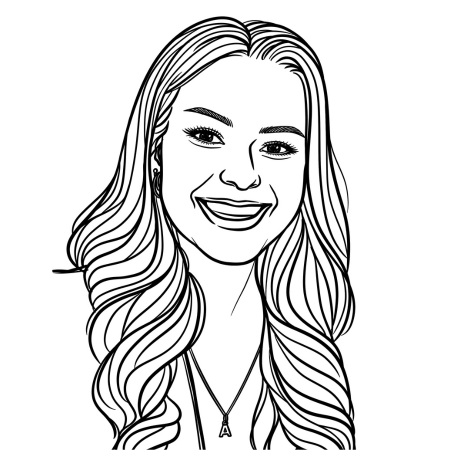
Amy Johnson
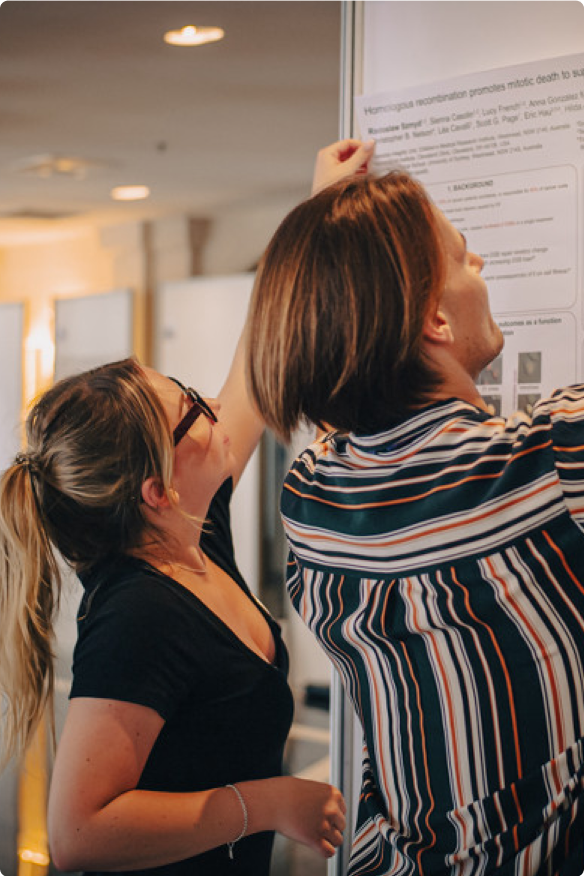

Need some help? Chat to the Fusion team today
As a family run business, our dedication runs deep. We’re committed to each other and, even more so, to every attendee’s experience, delivering a level of care and passion that’s truly unmatched.
